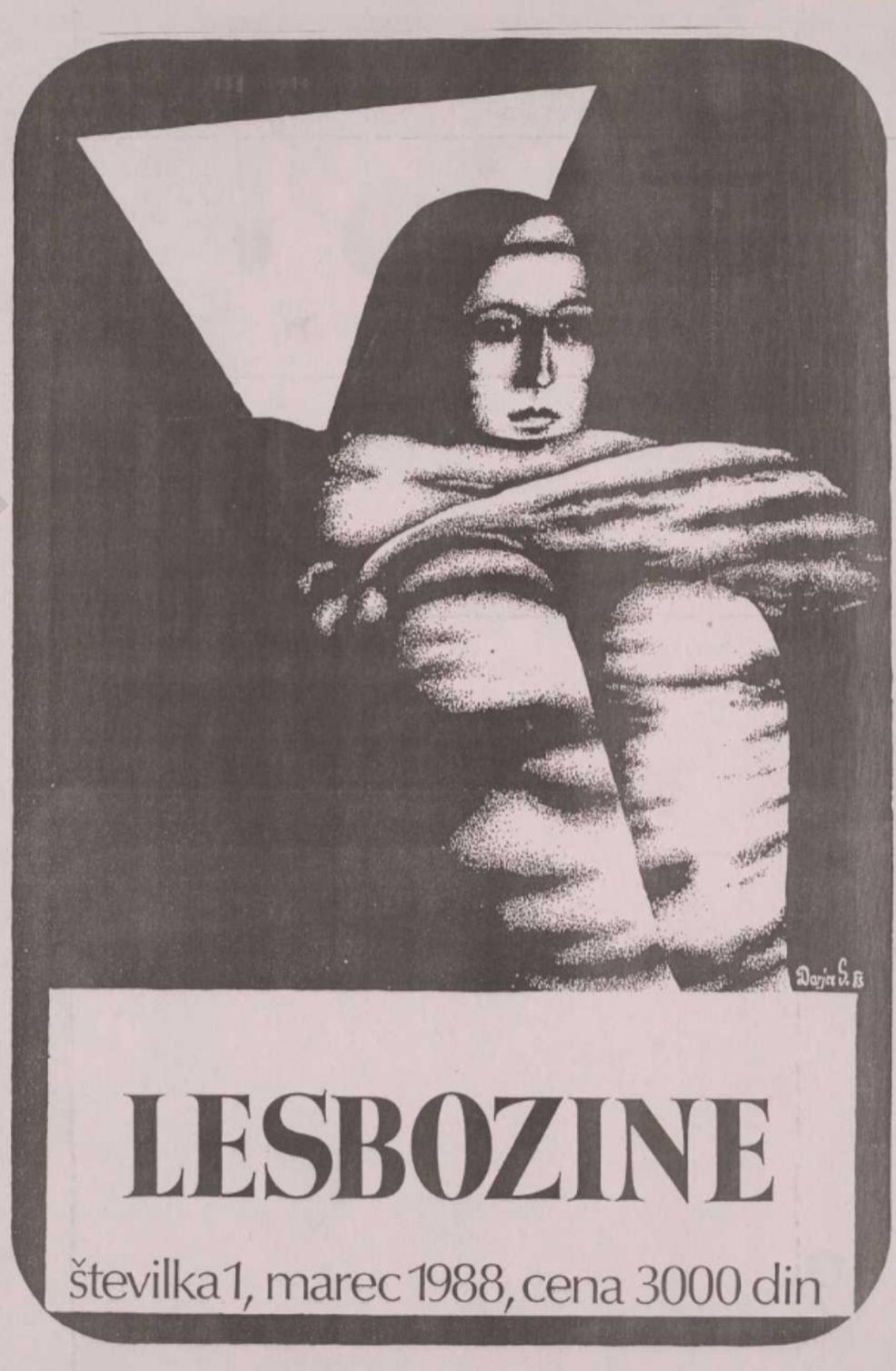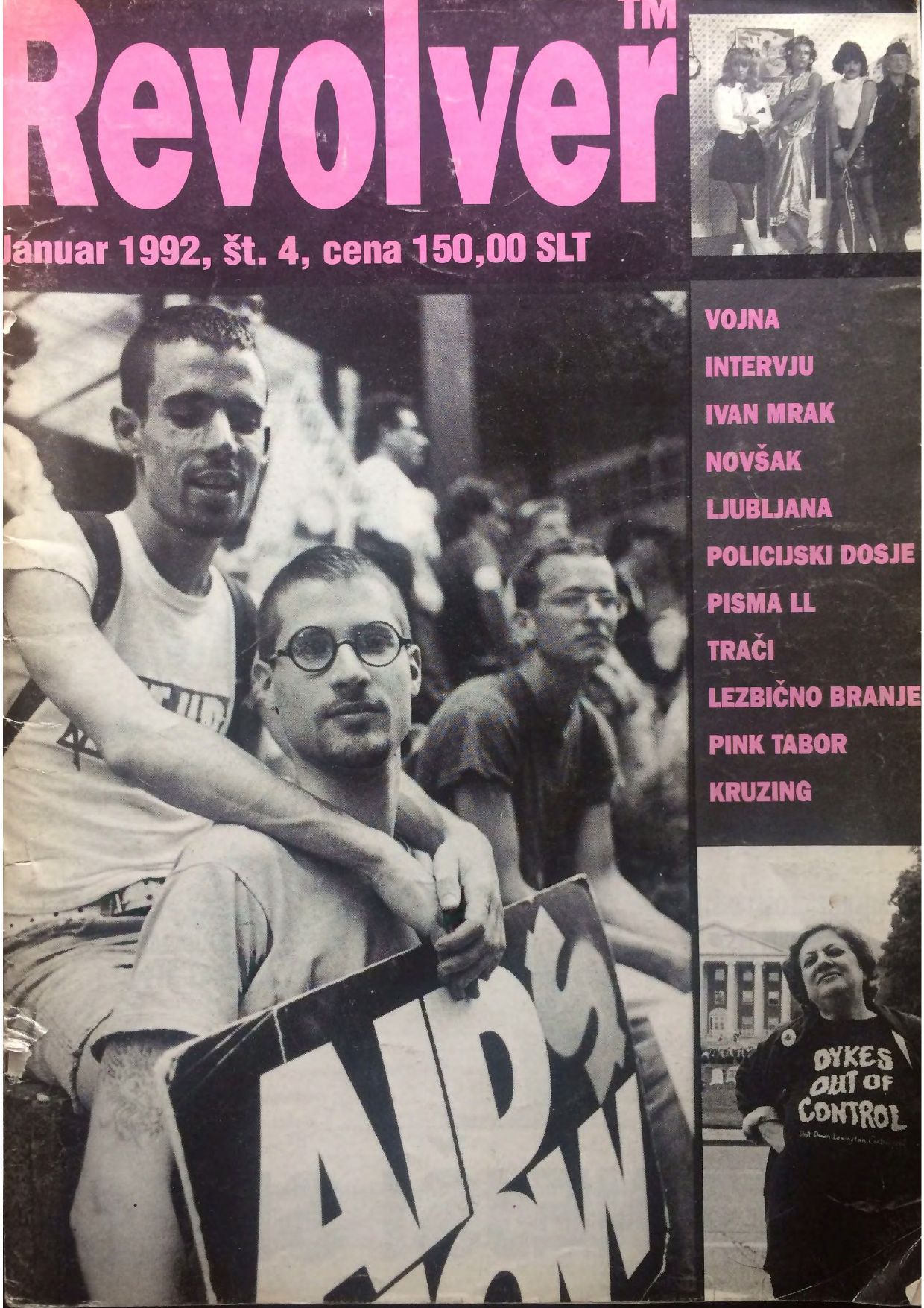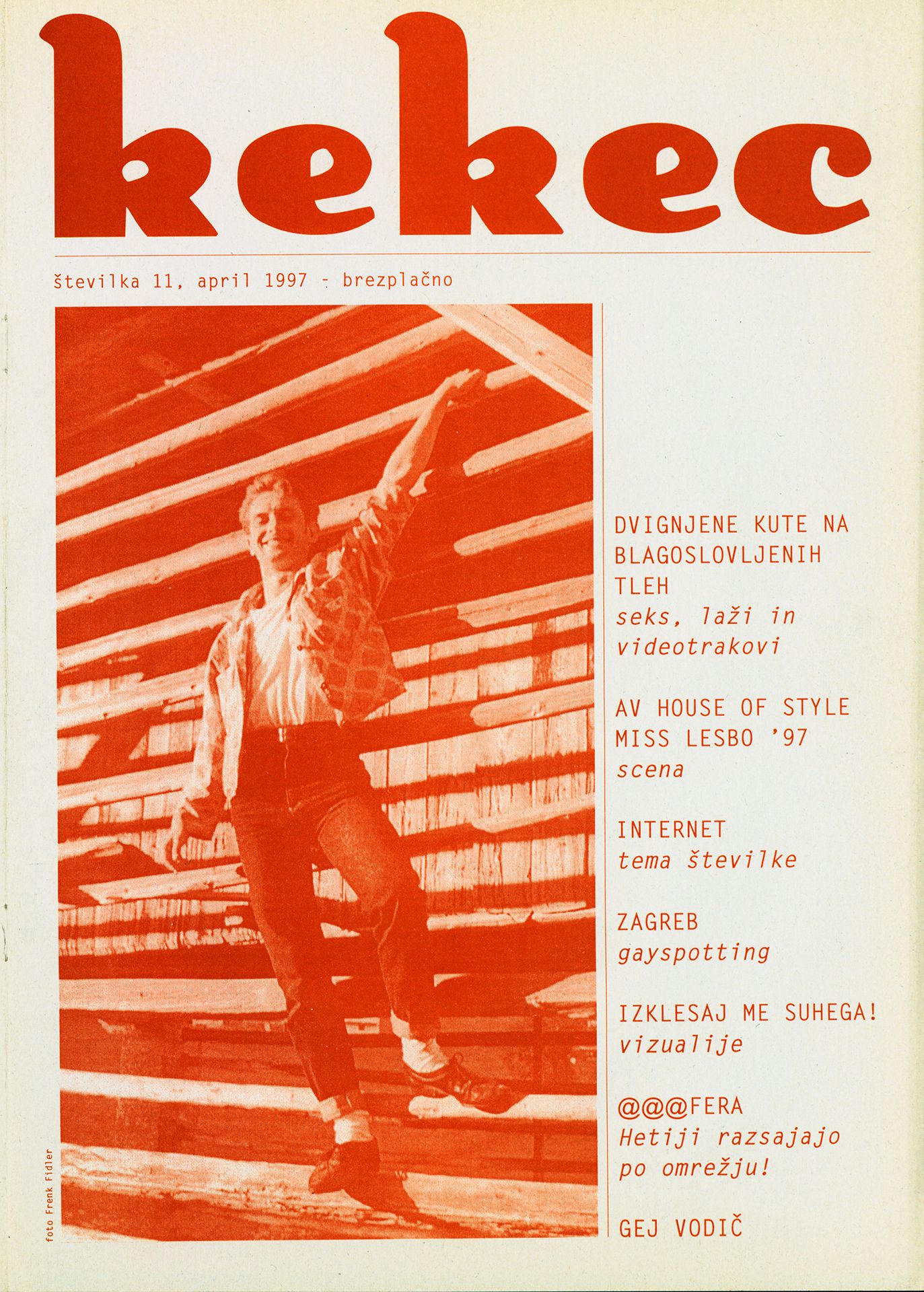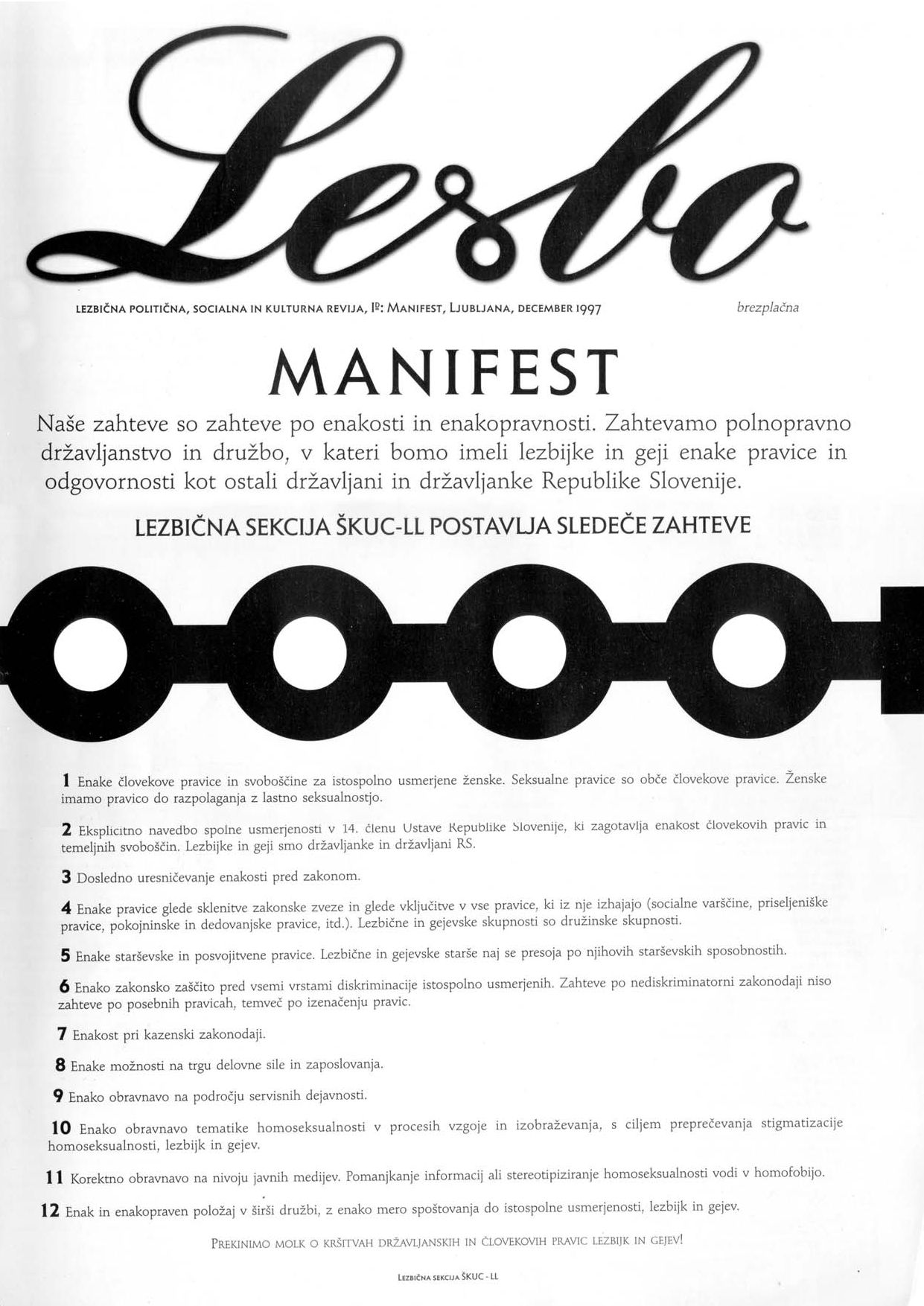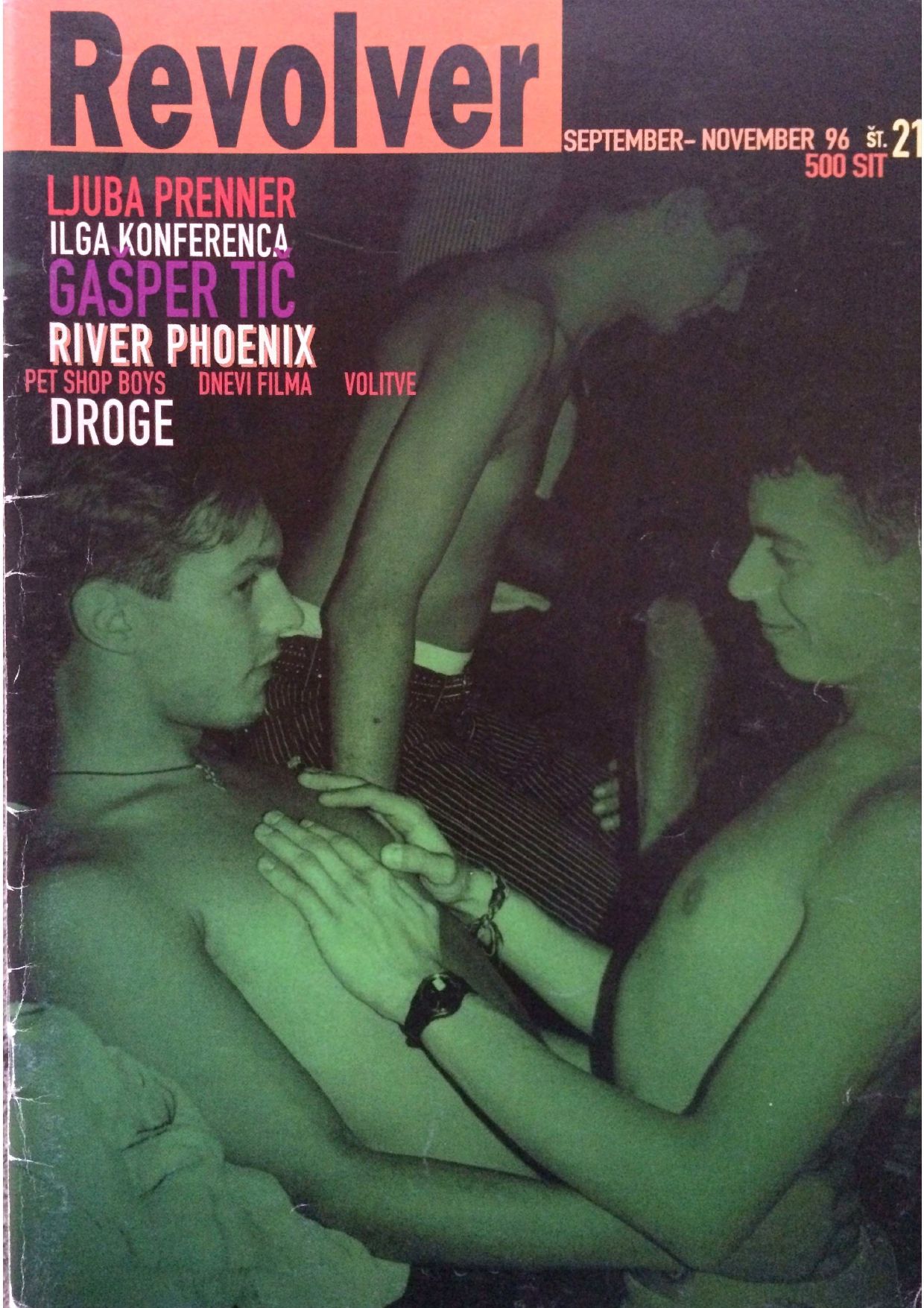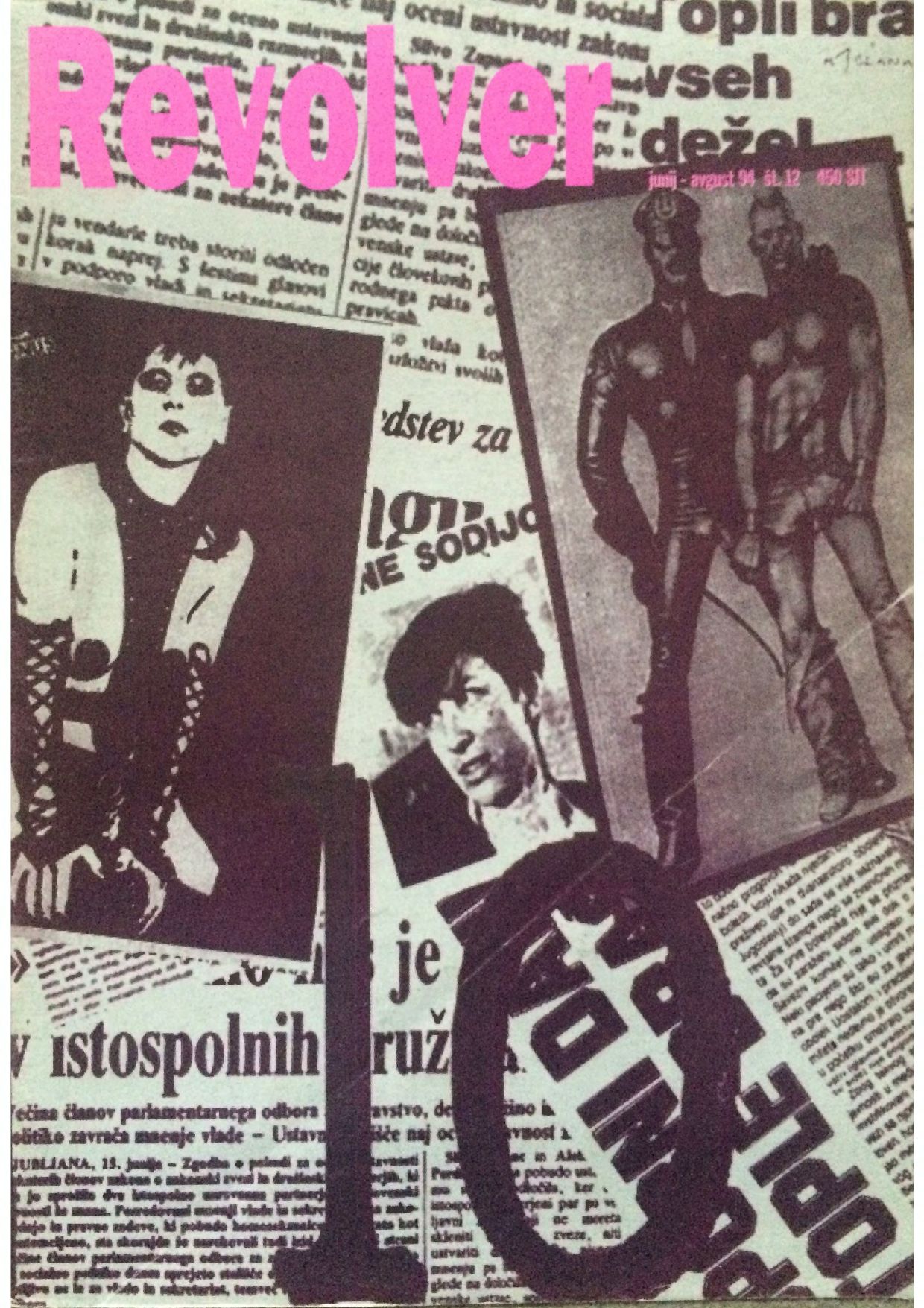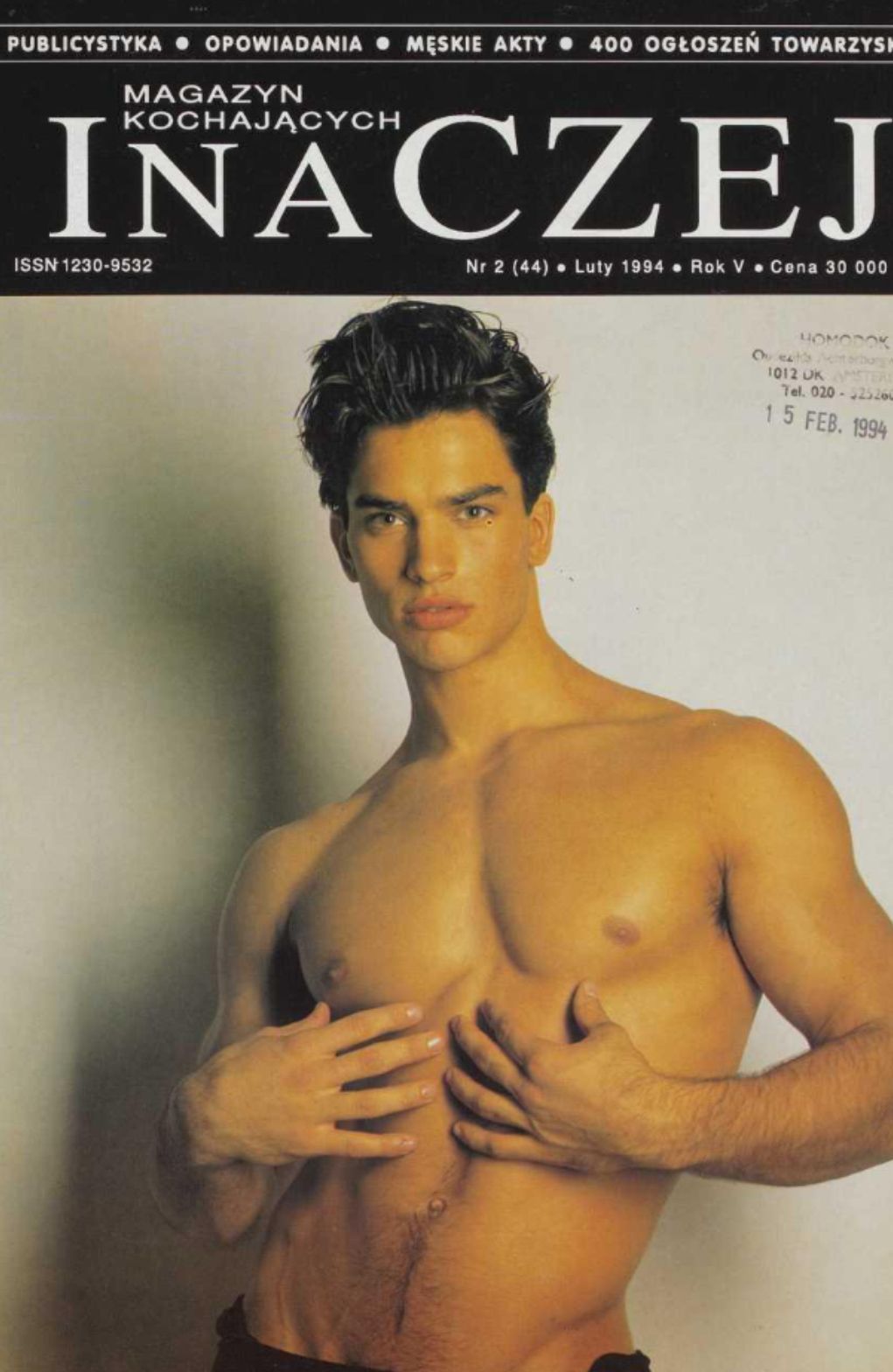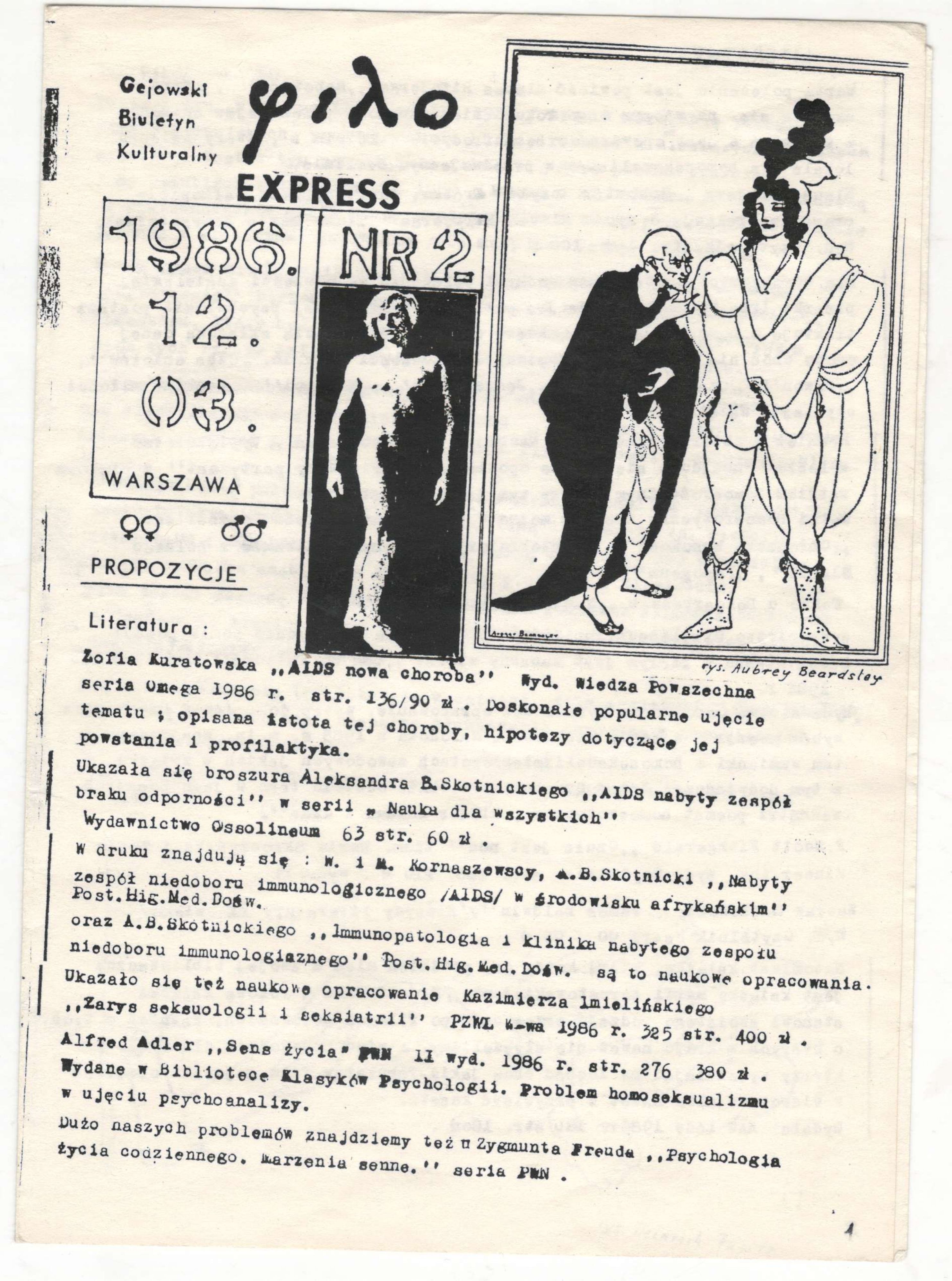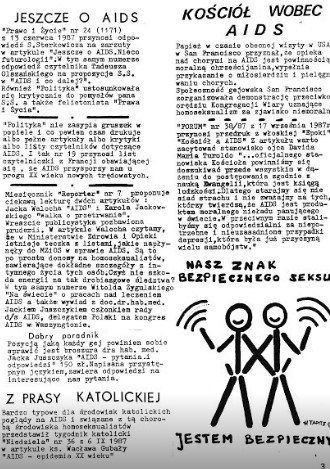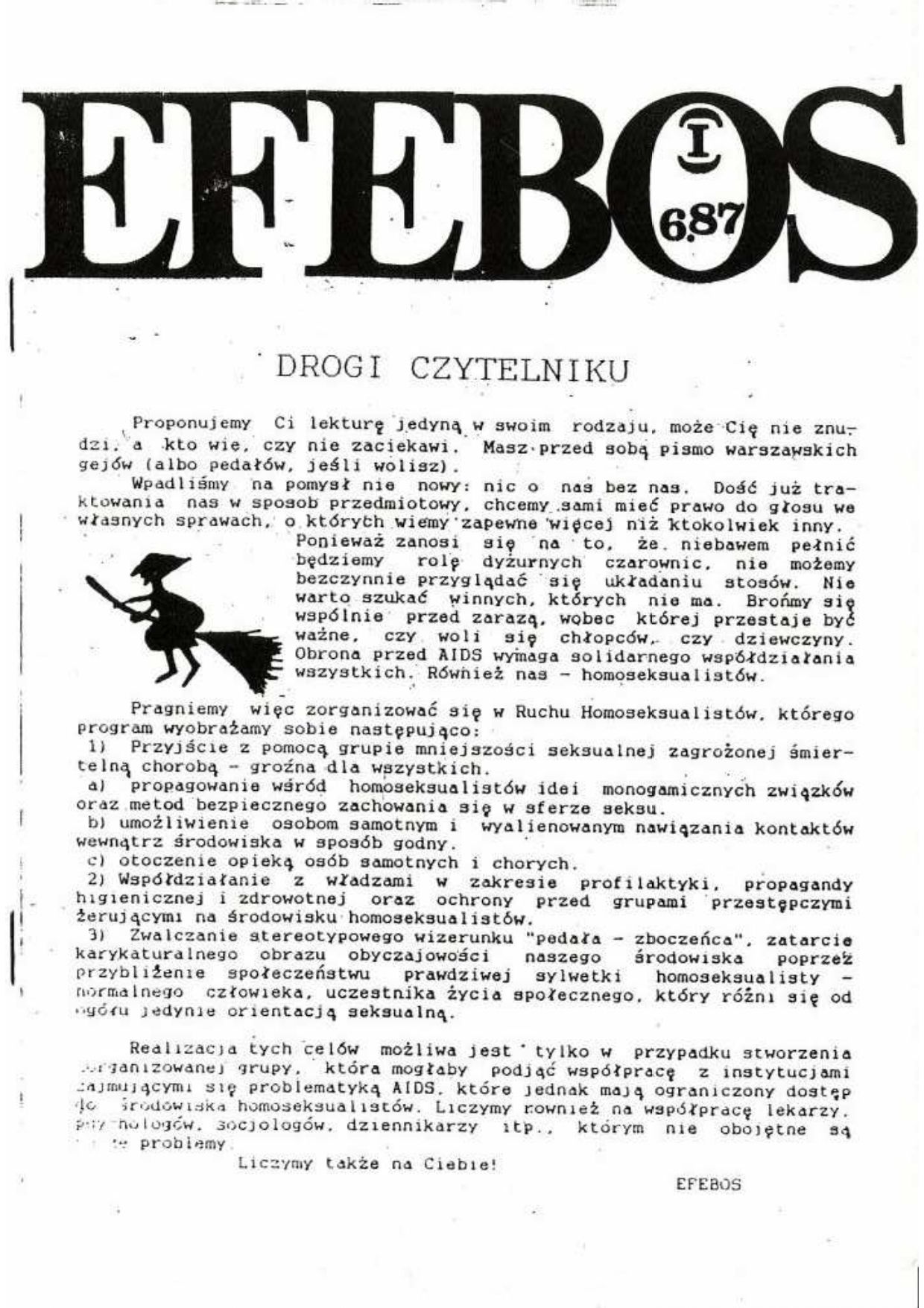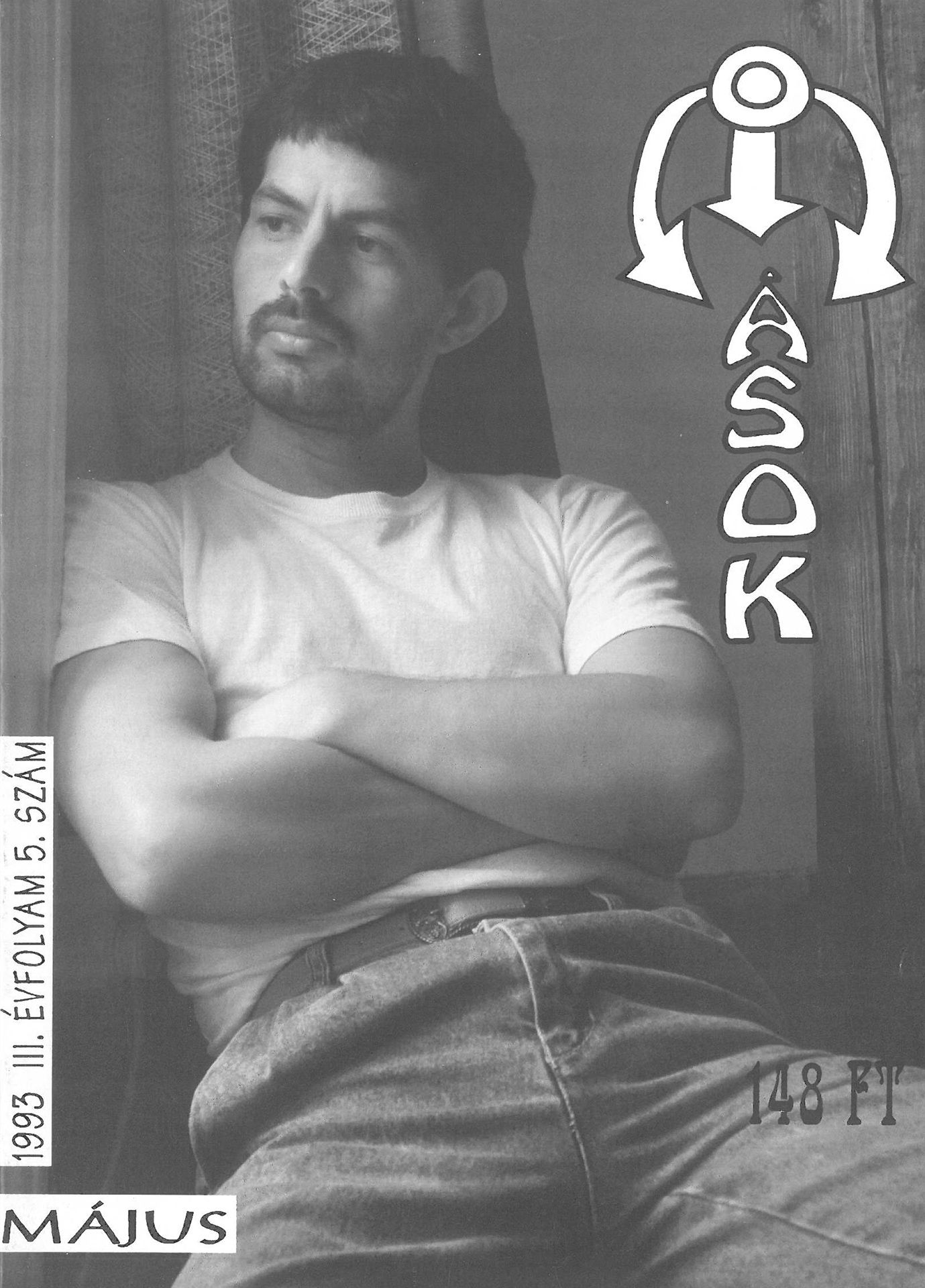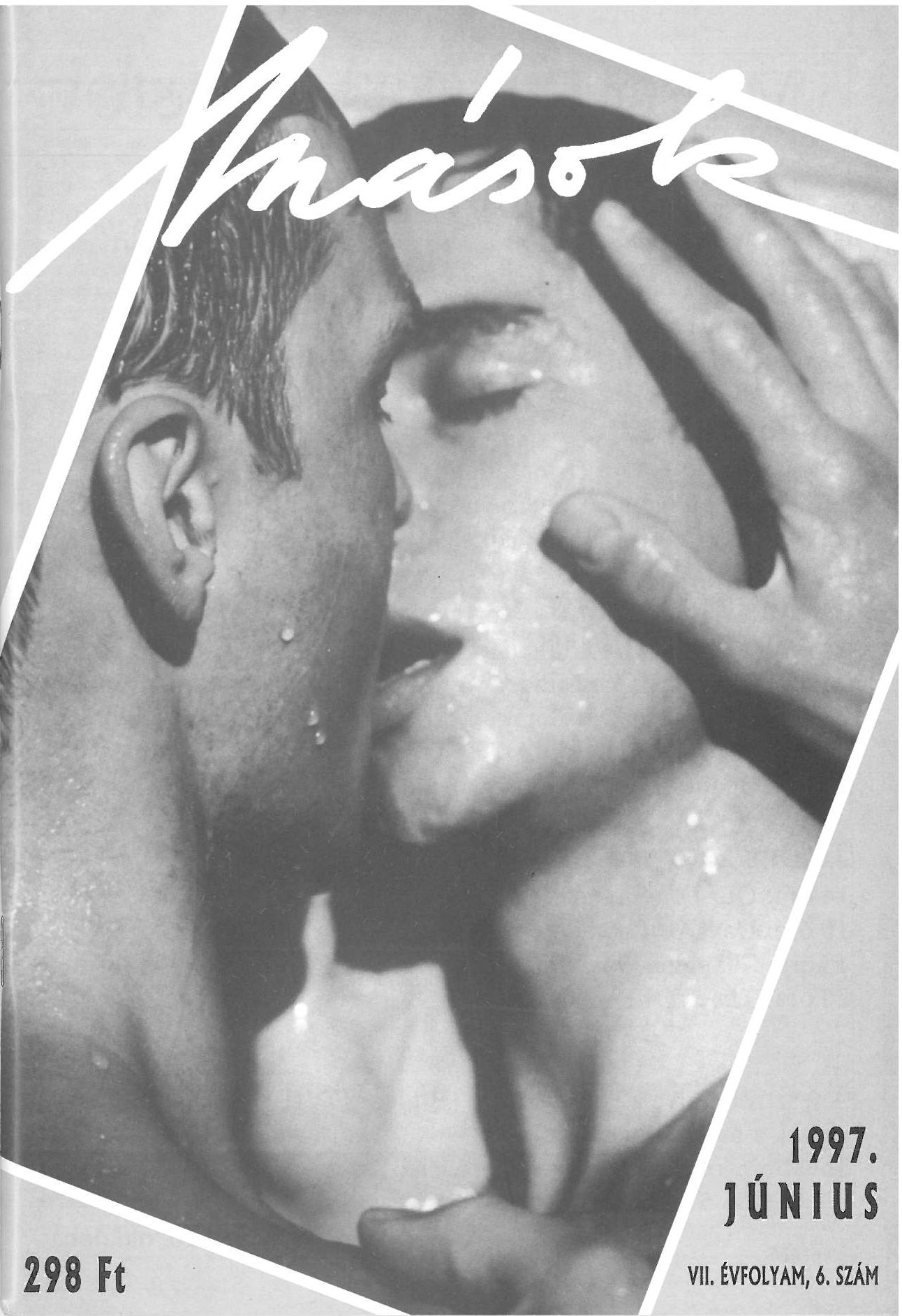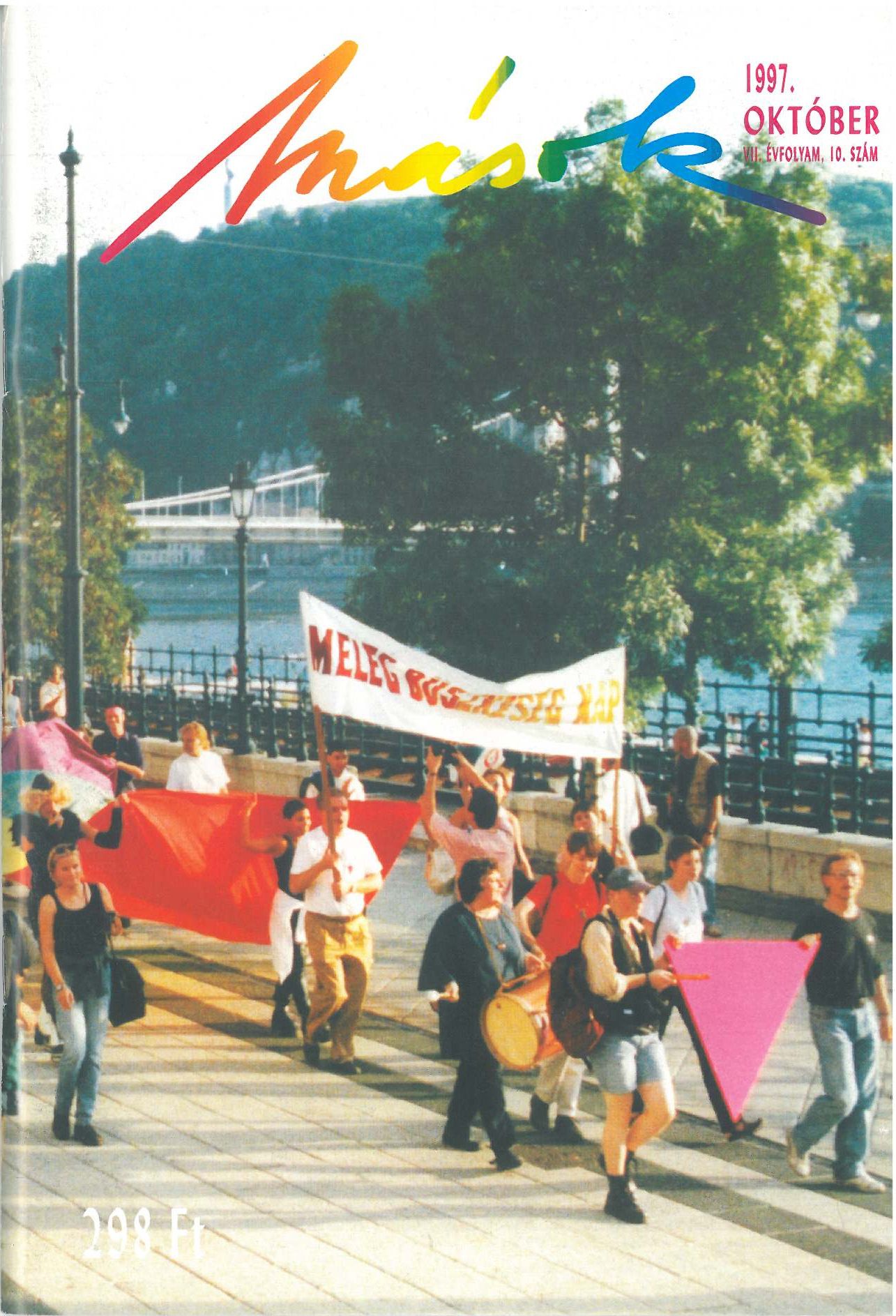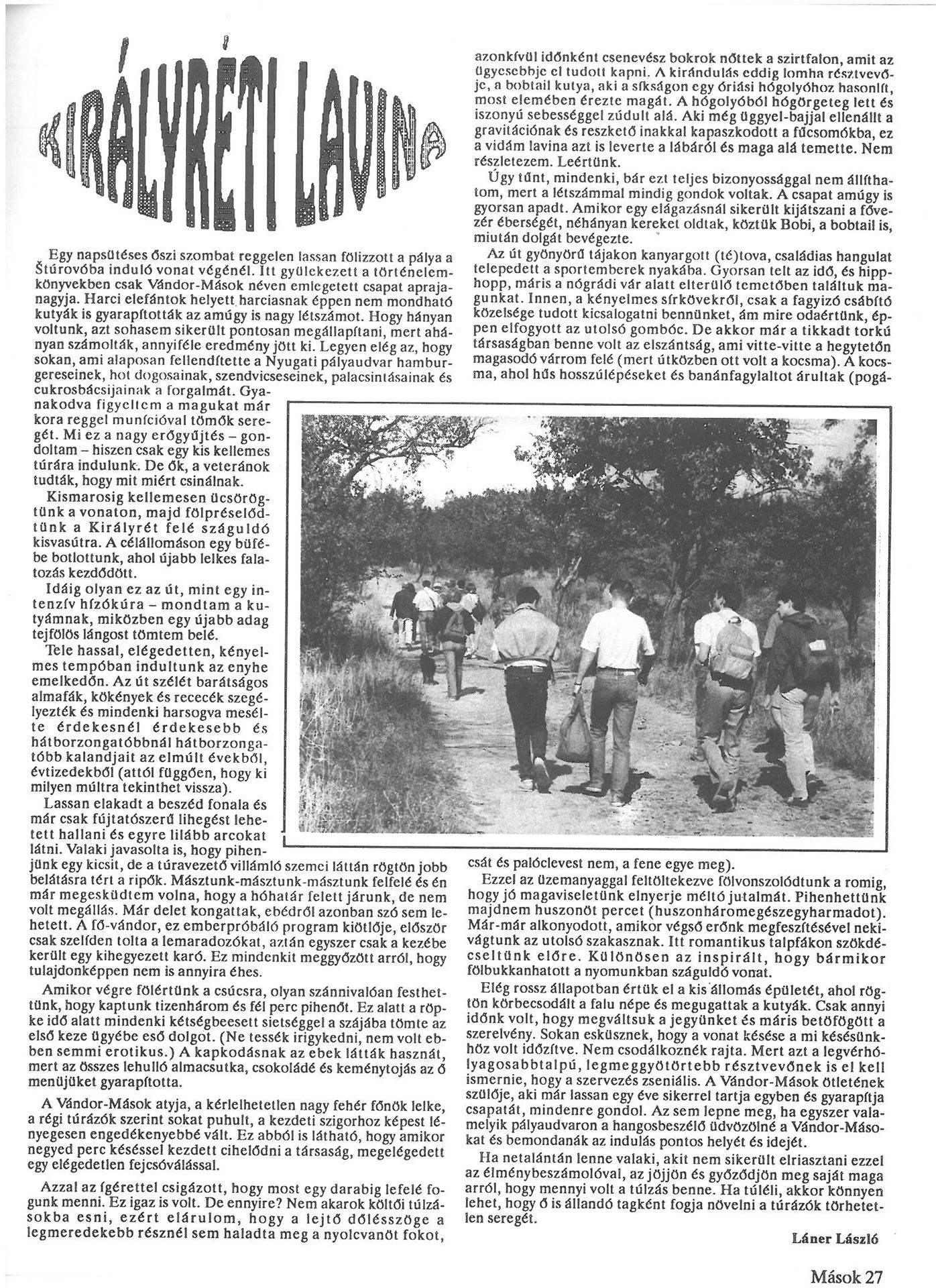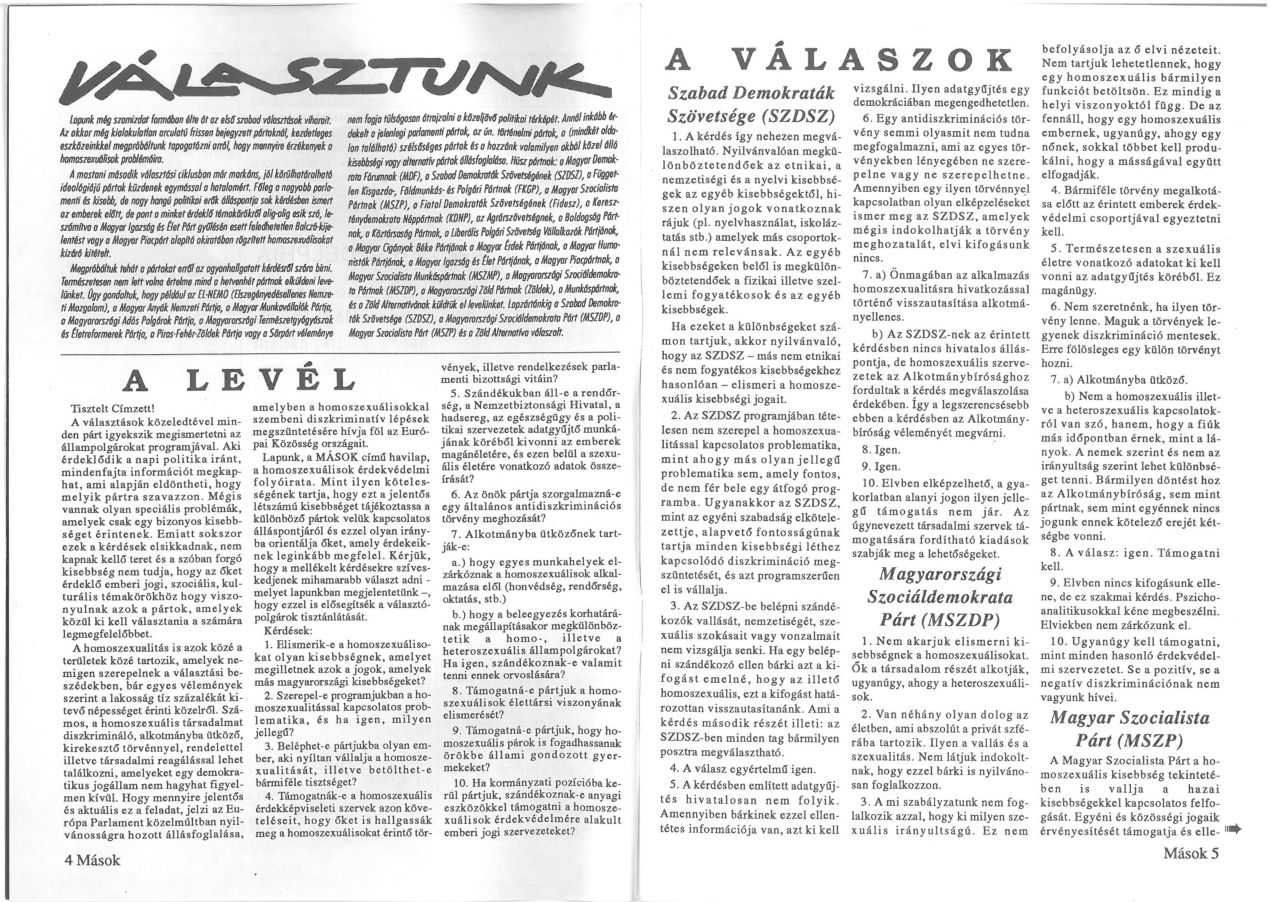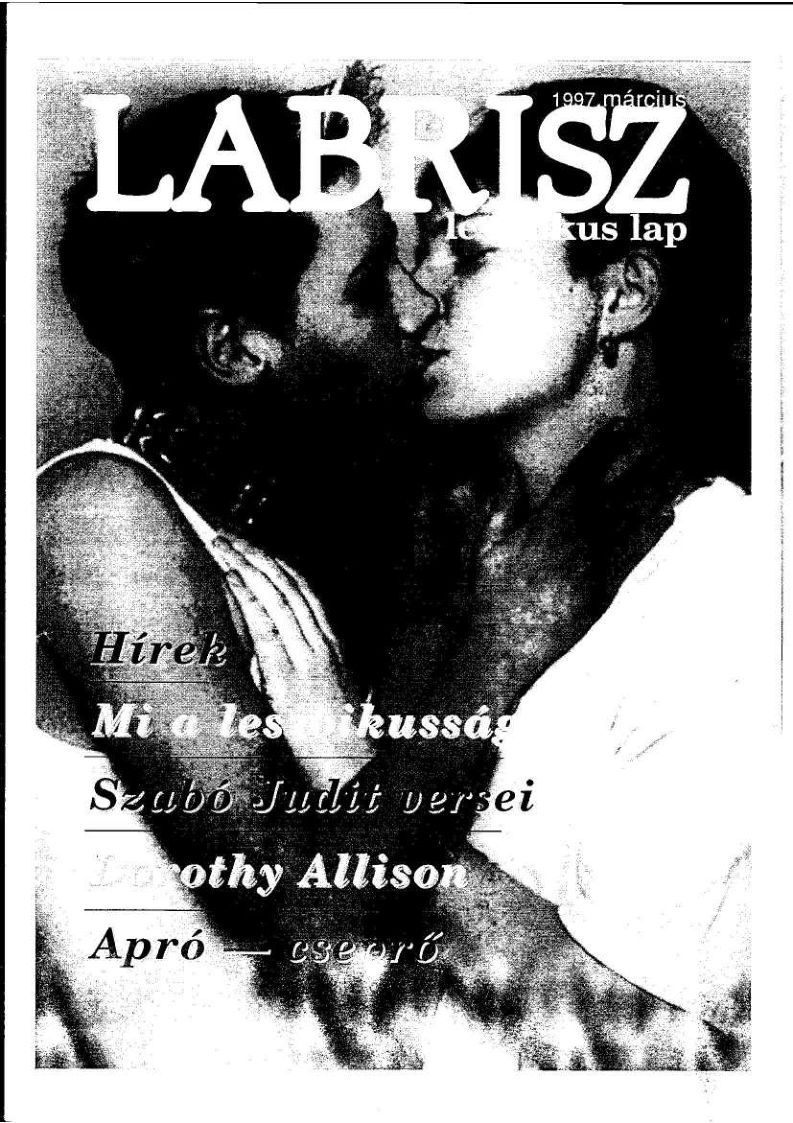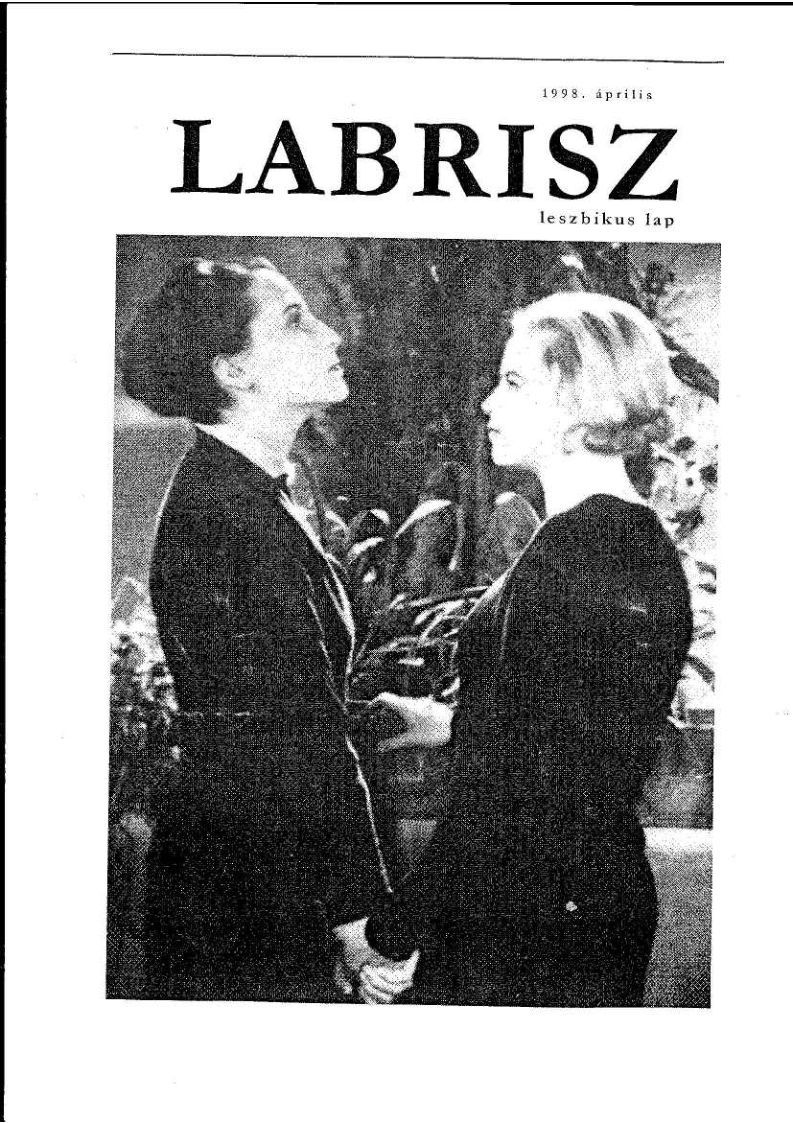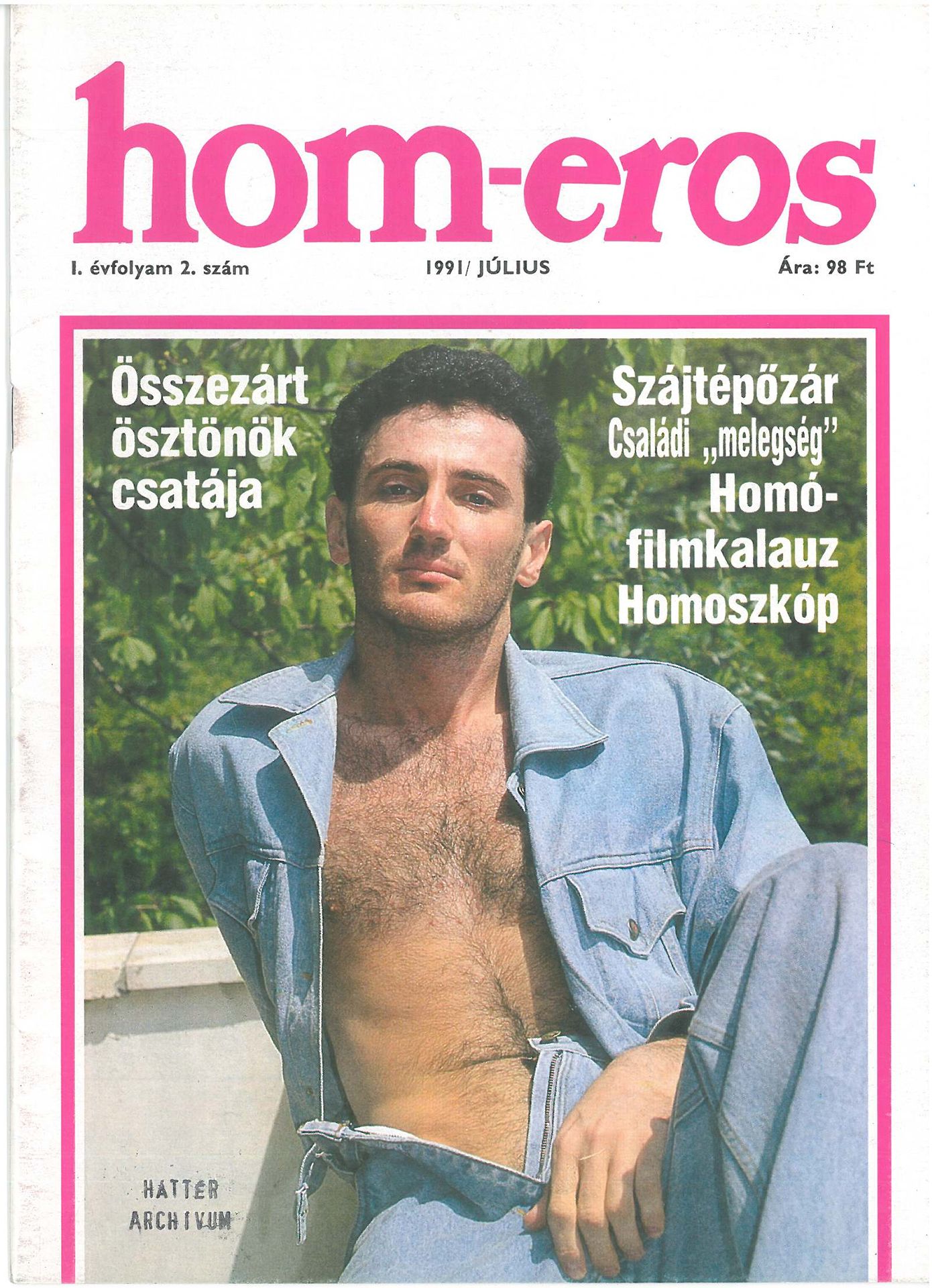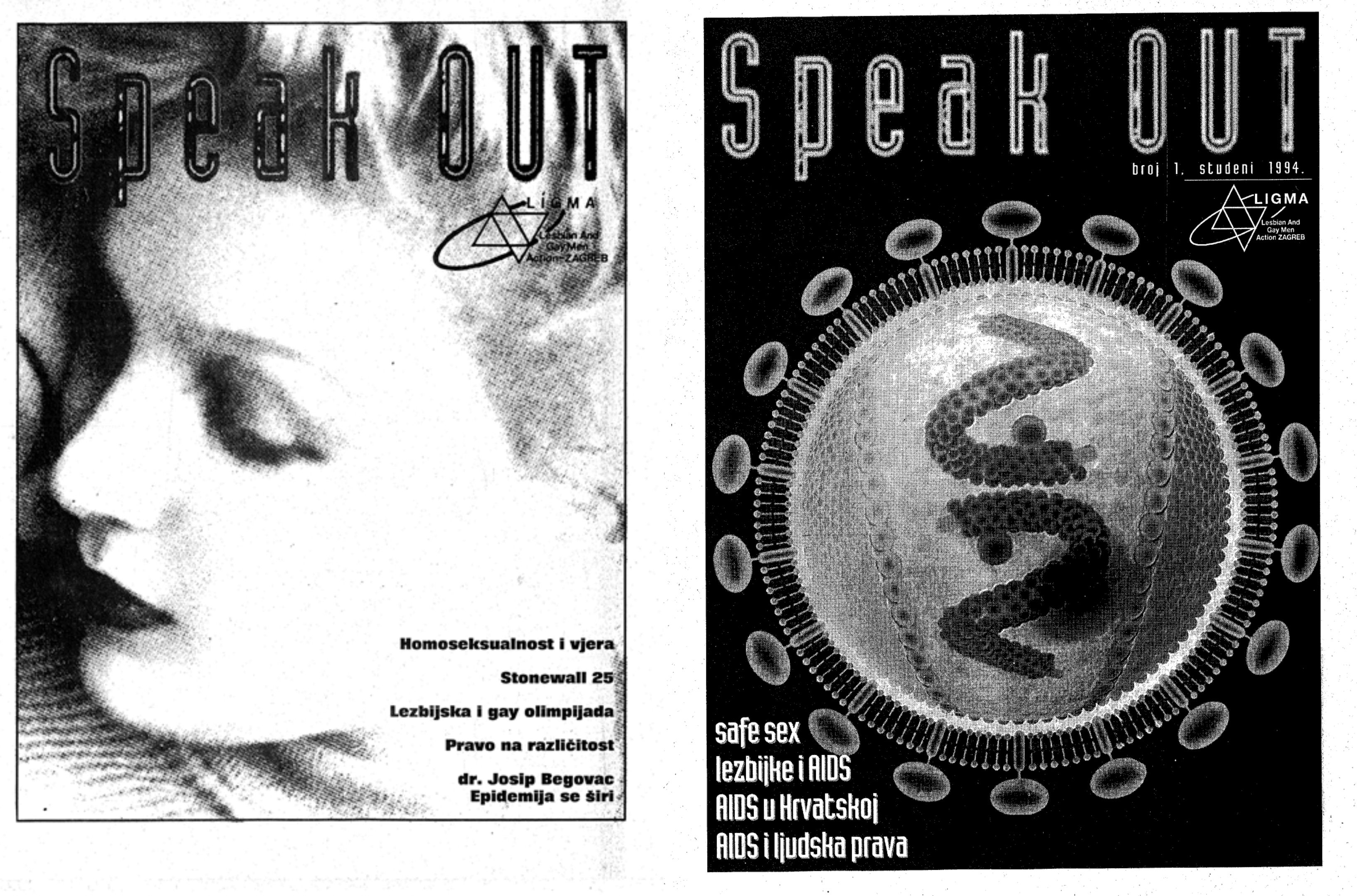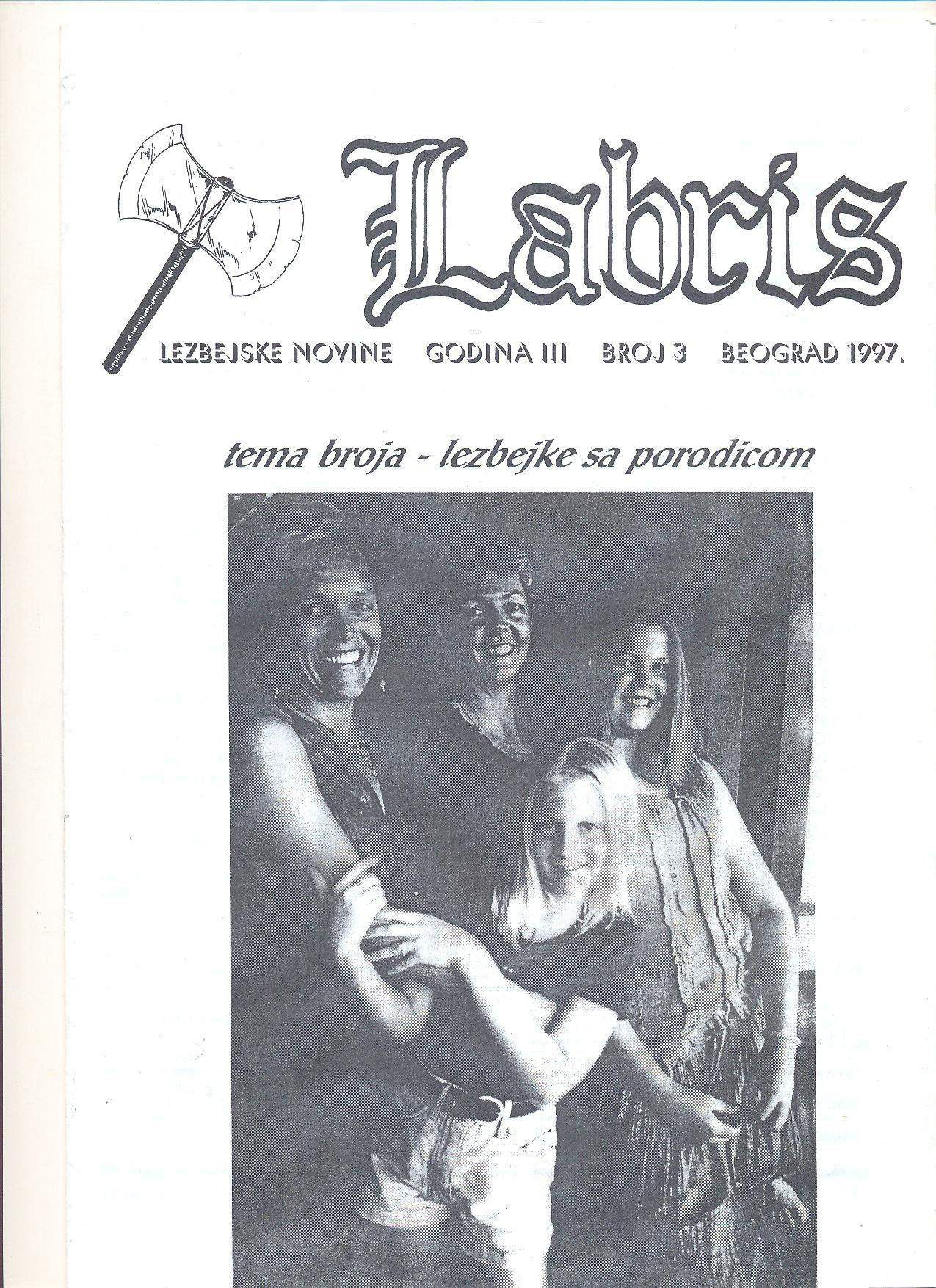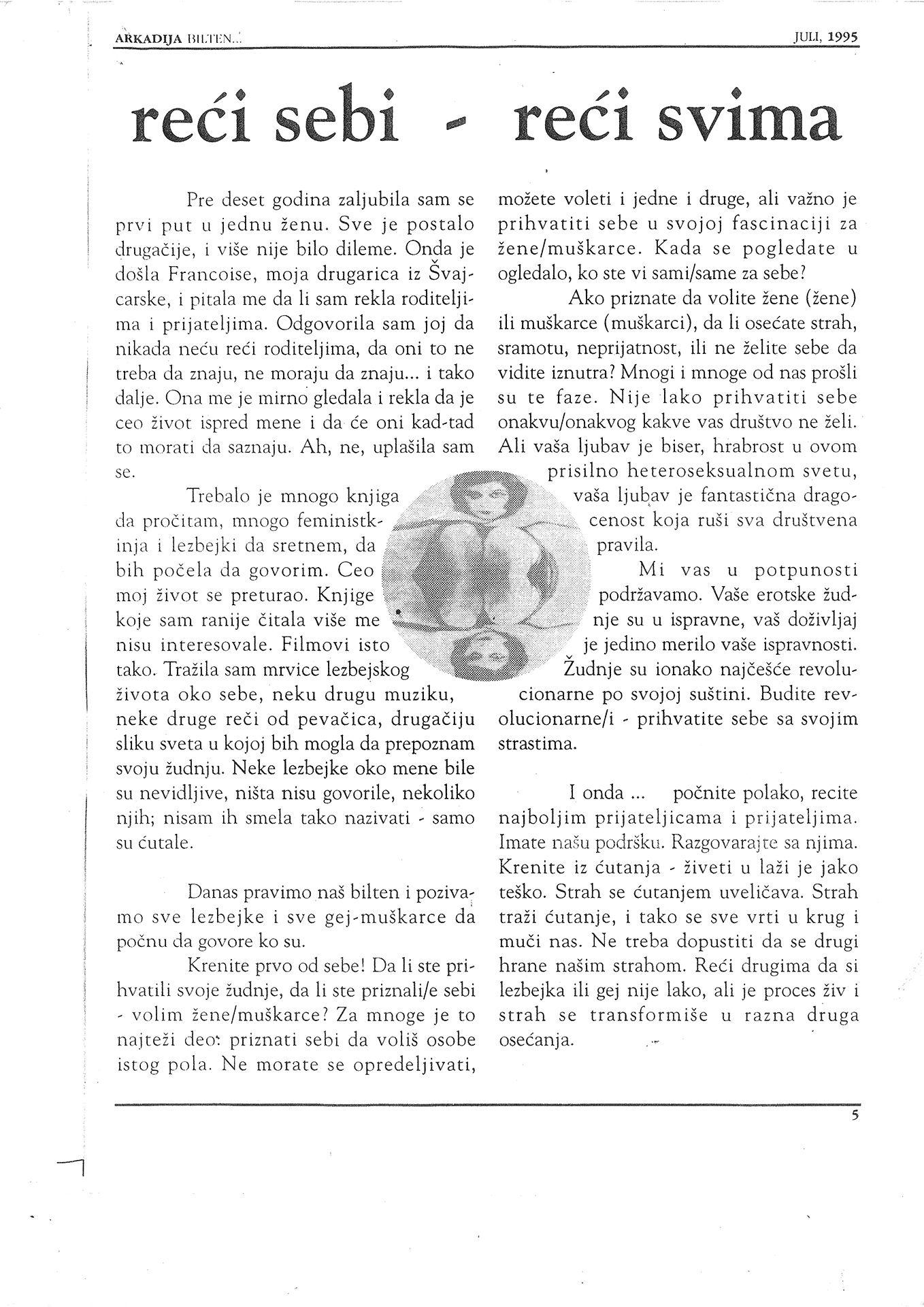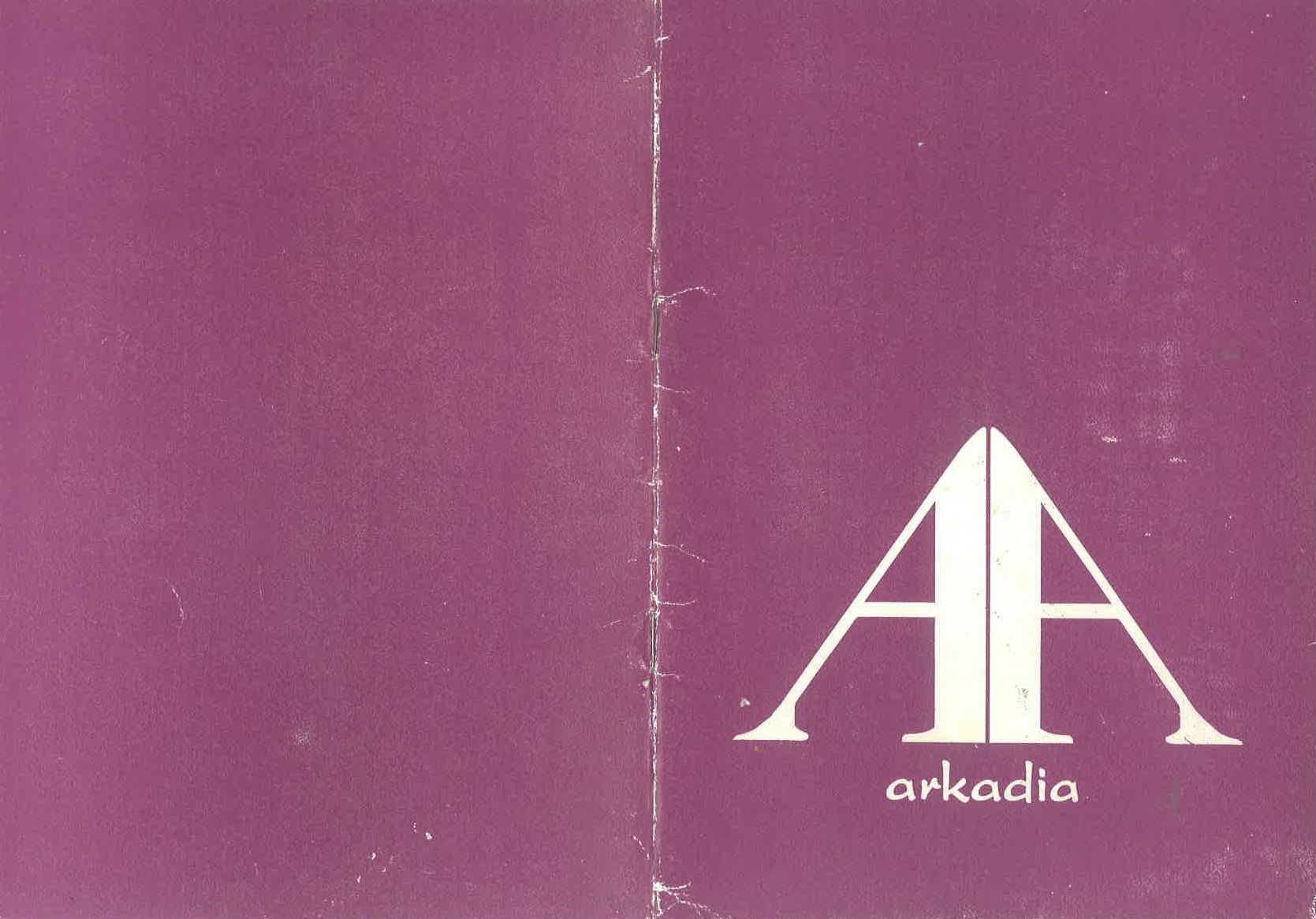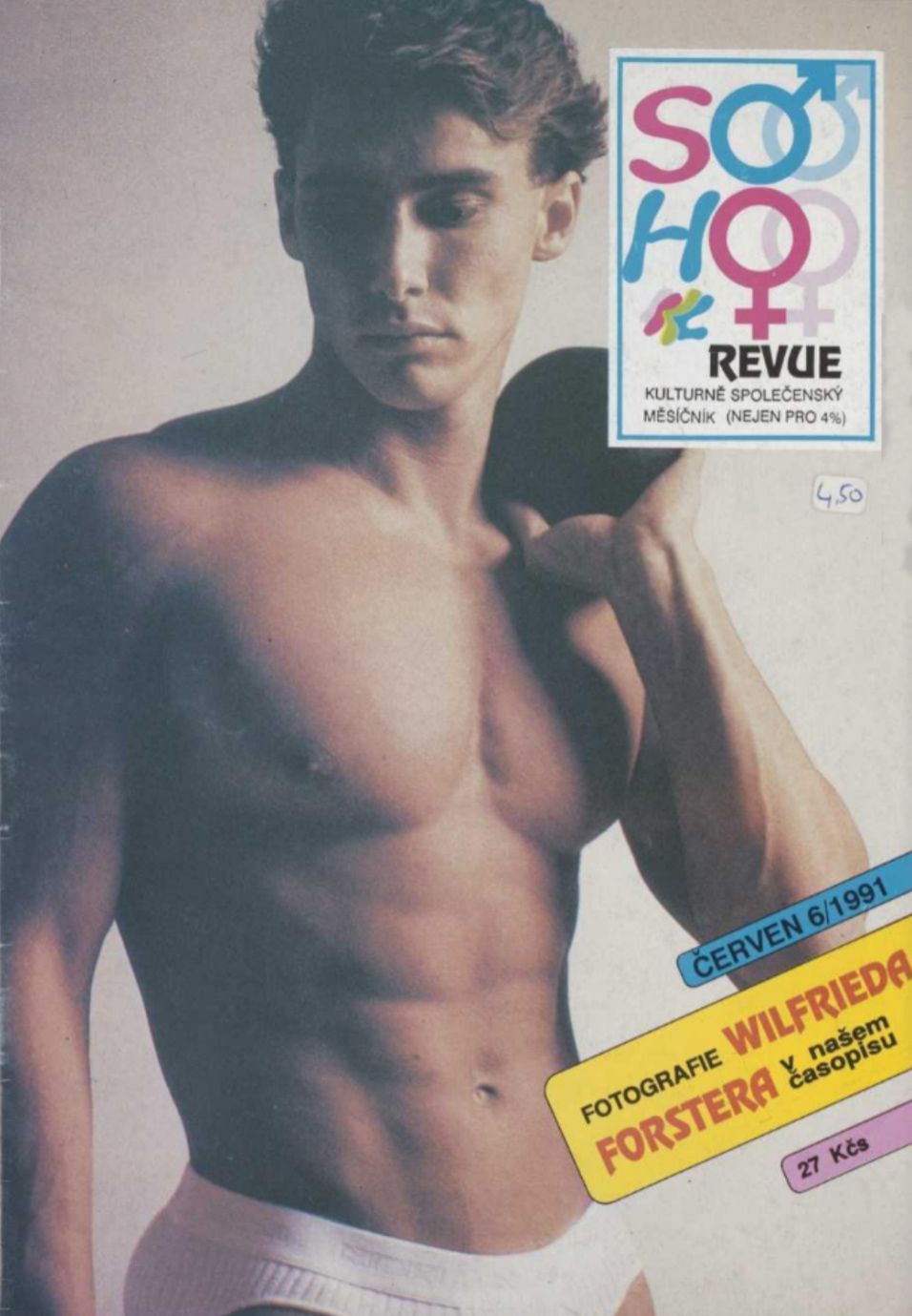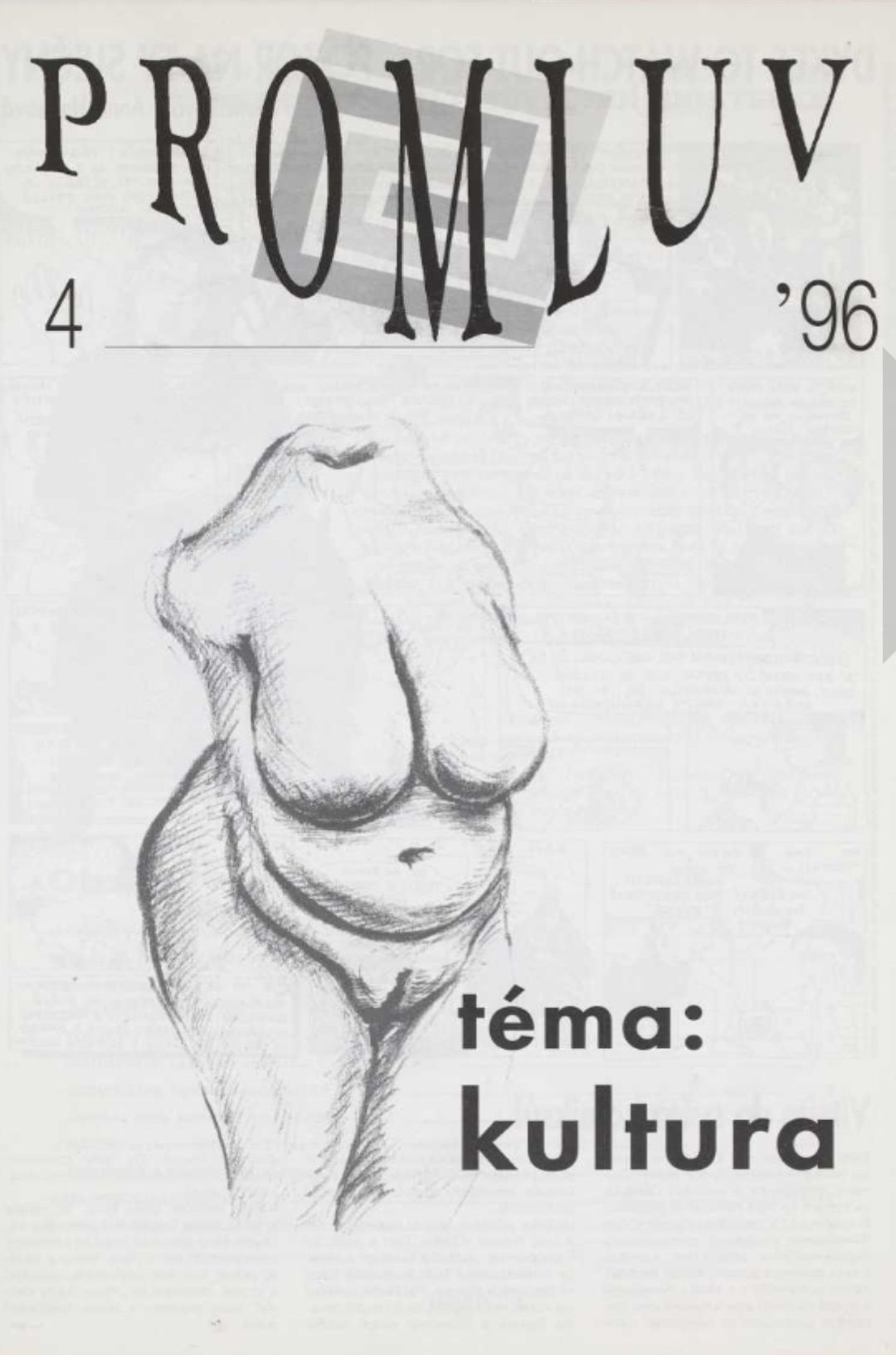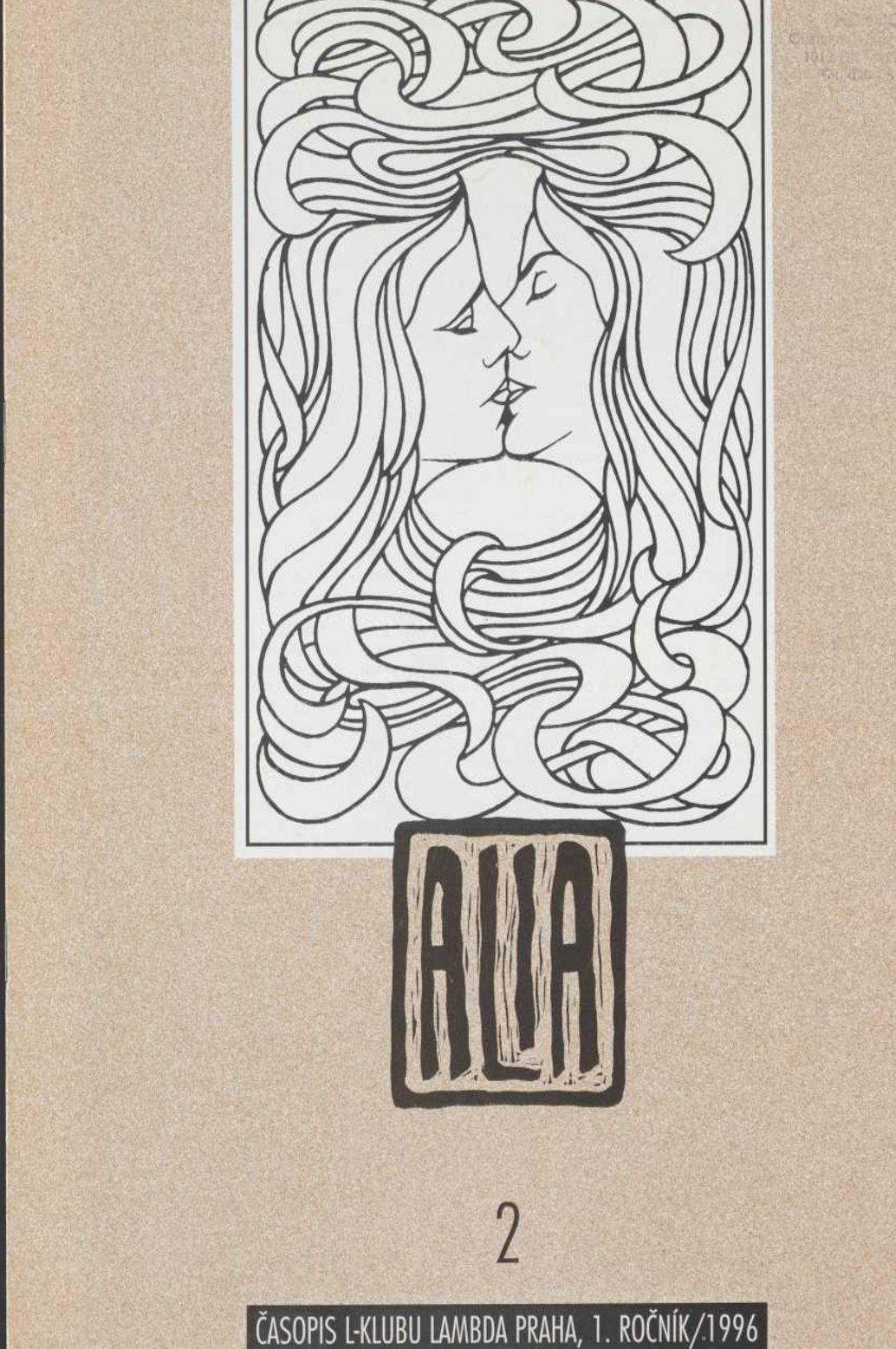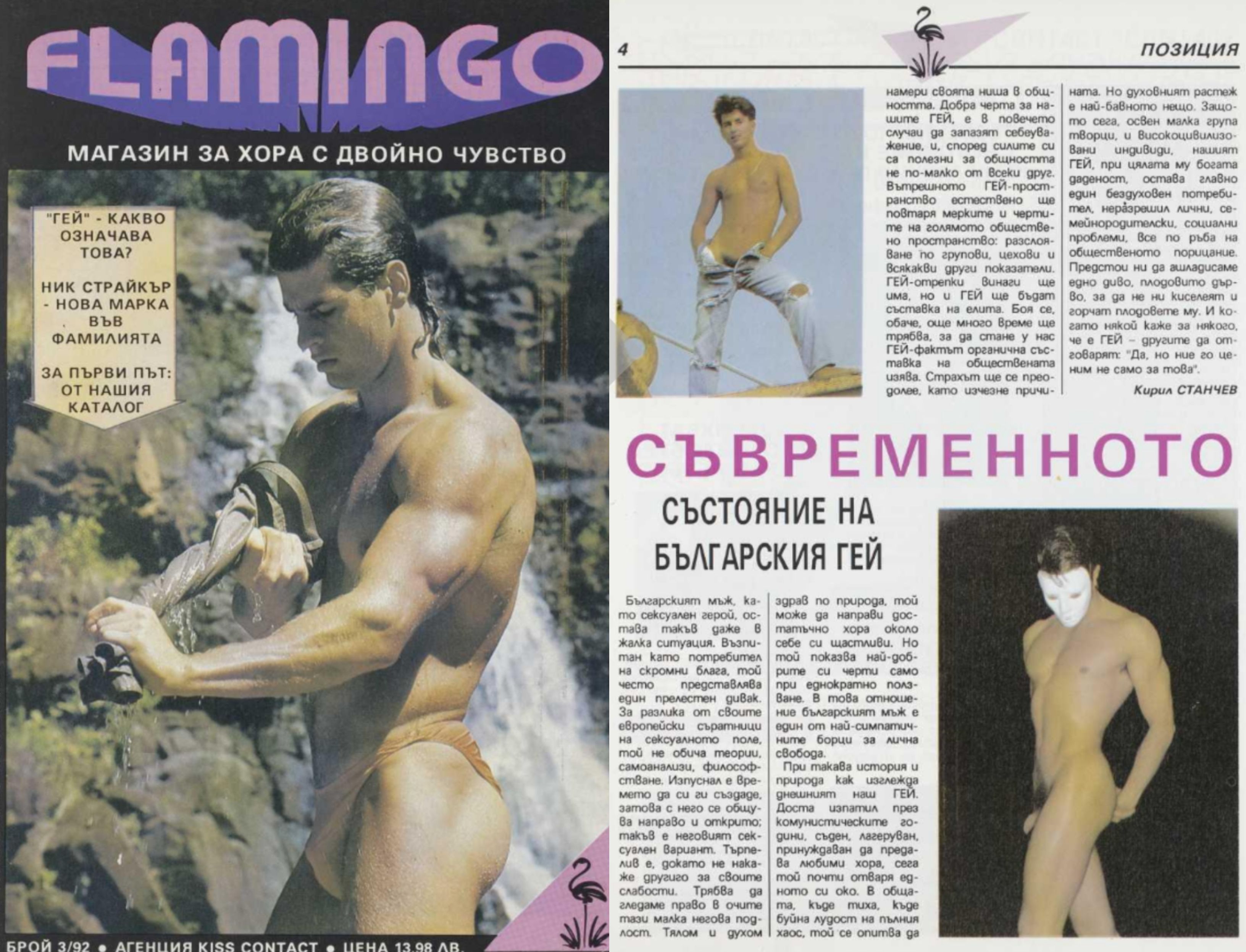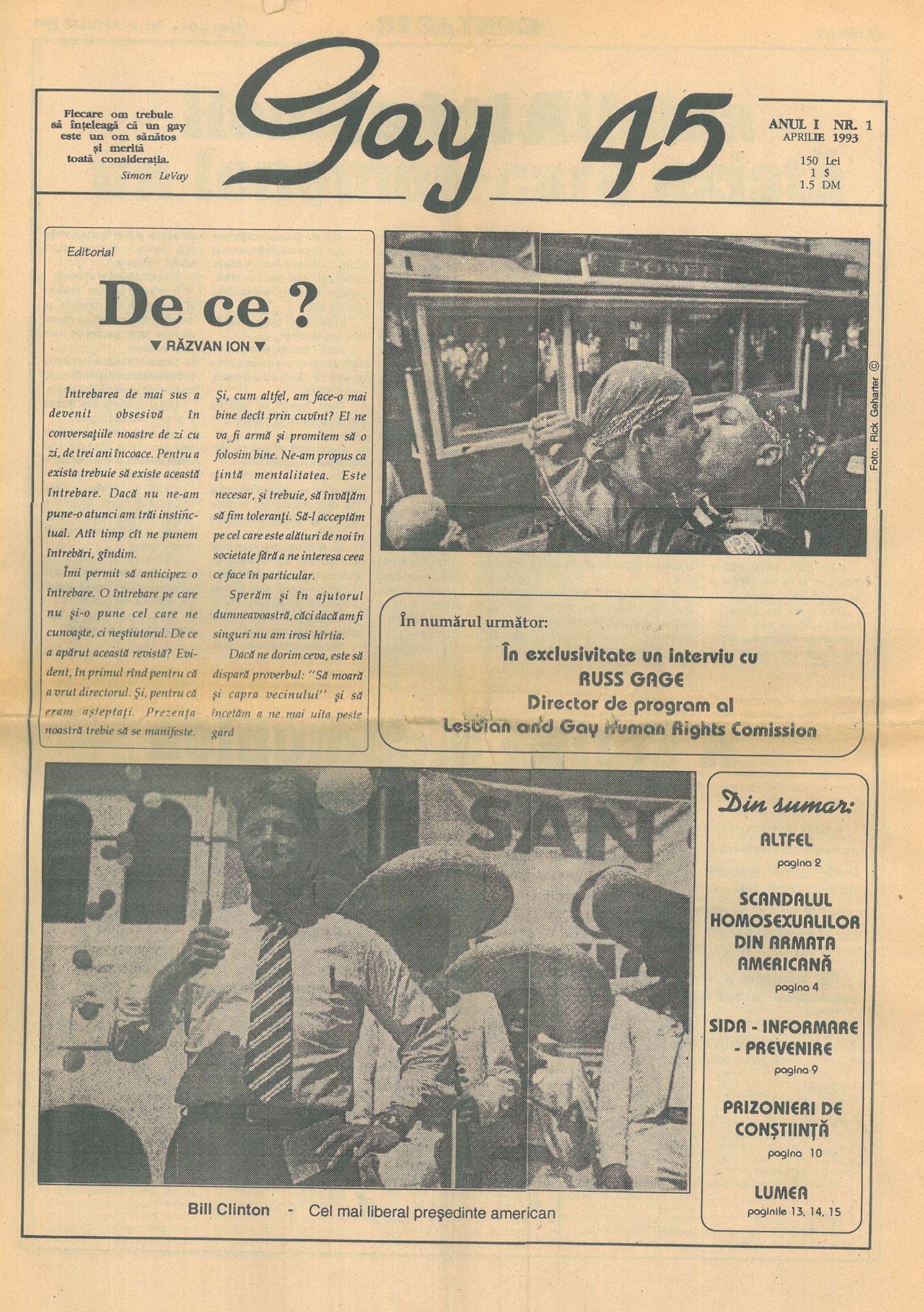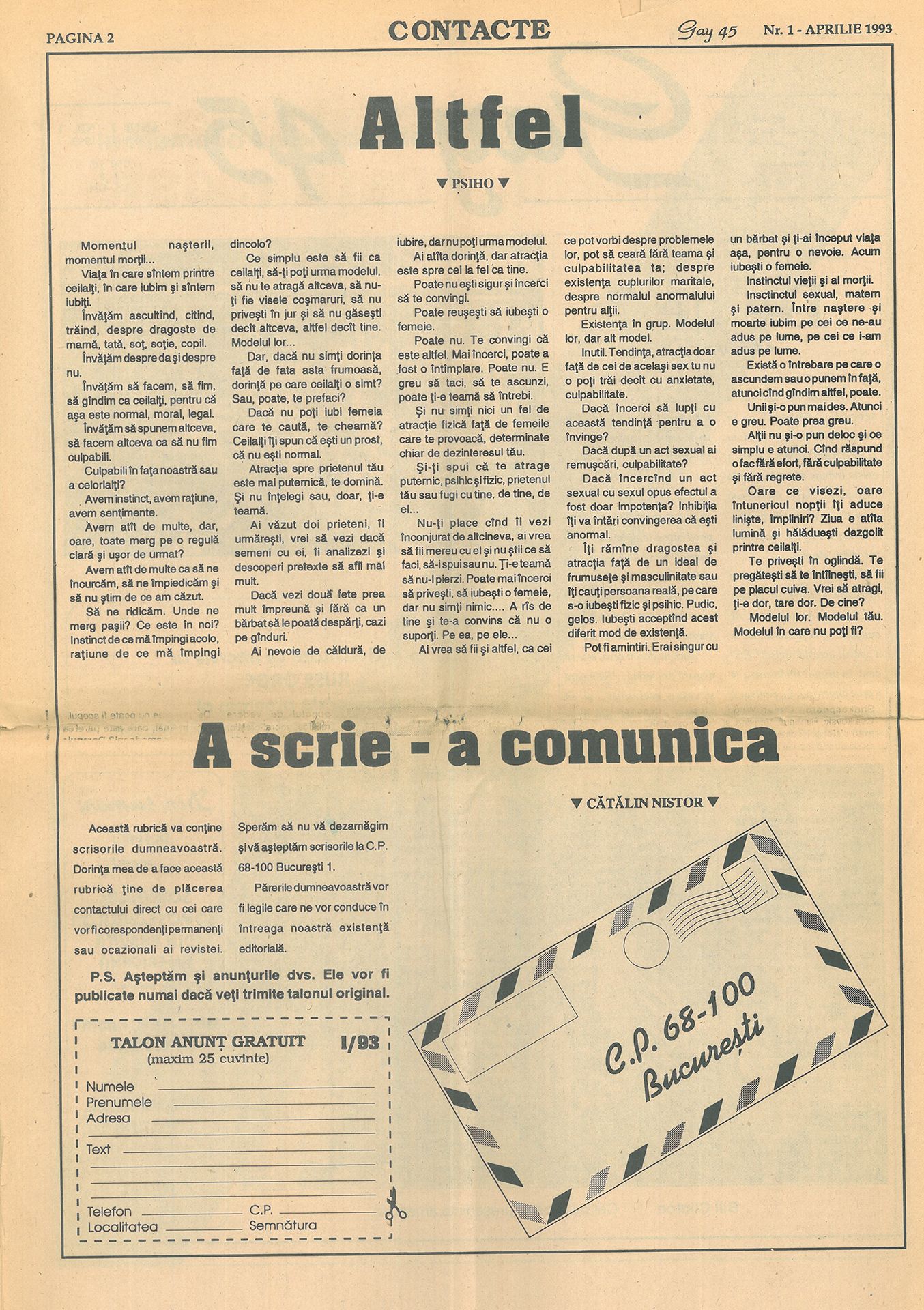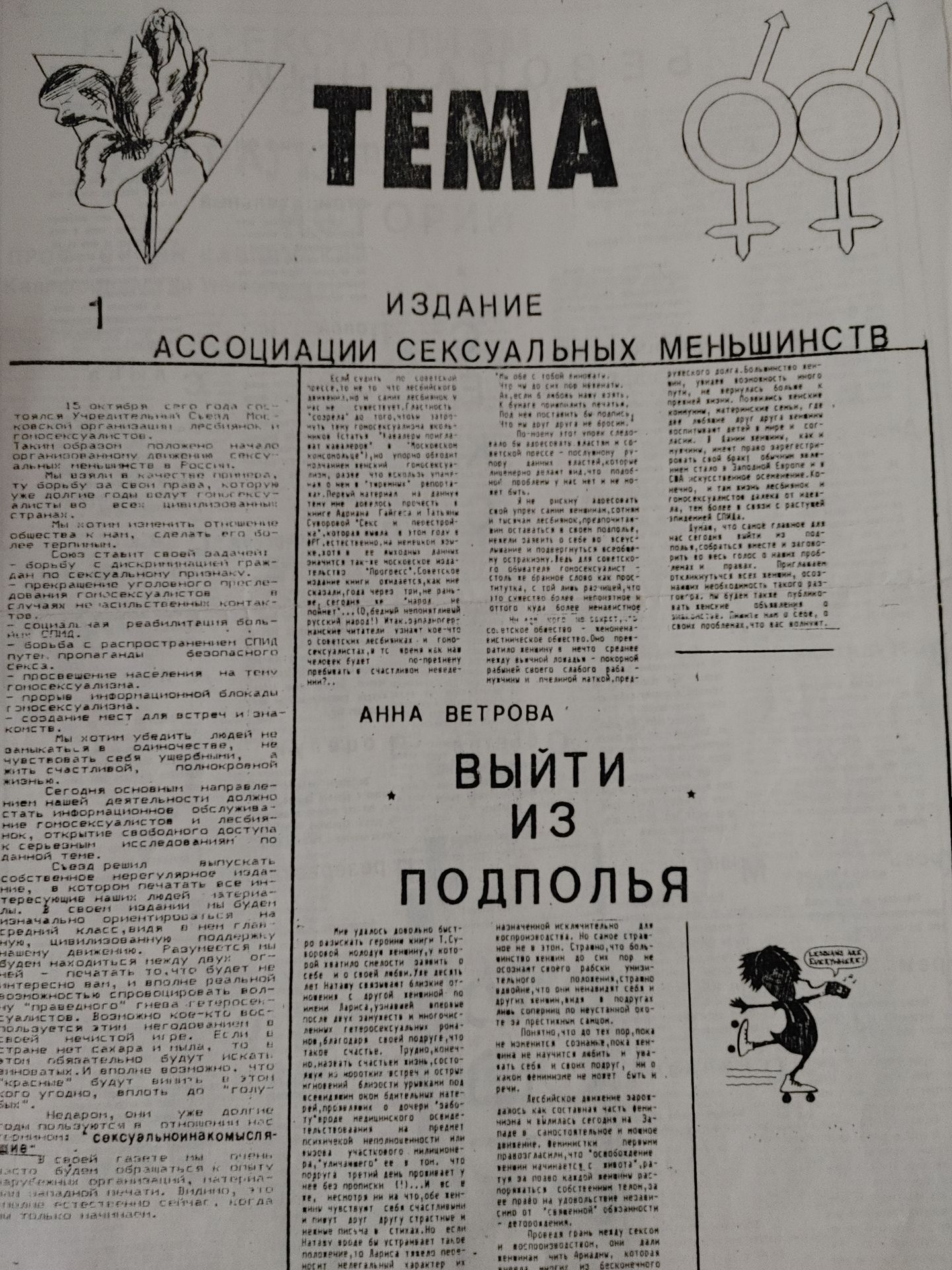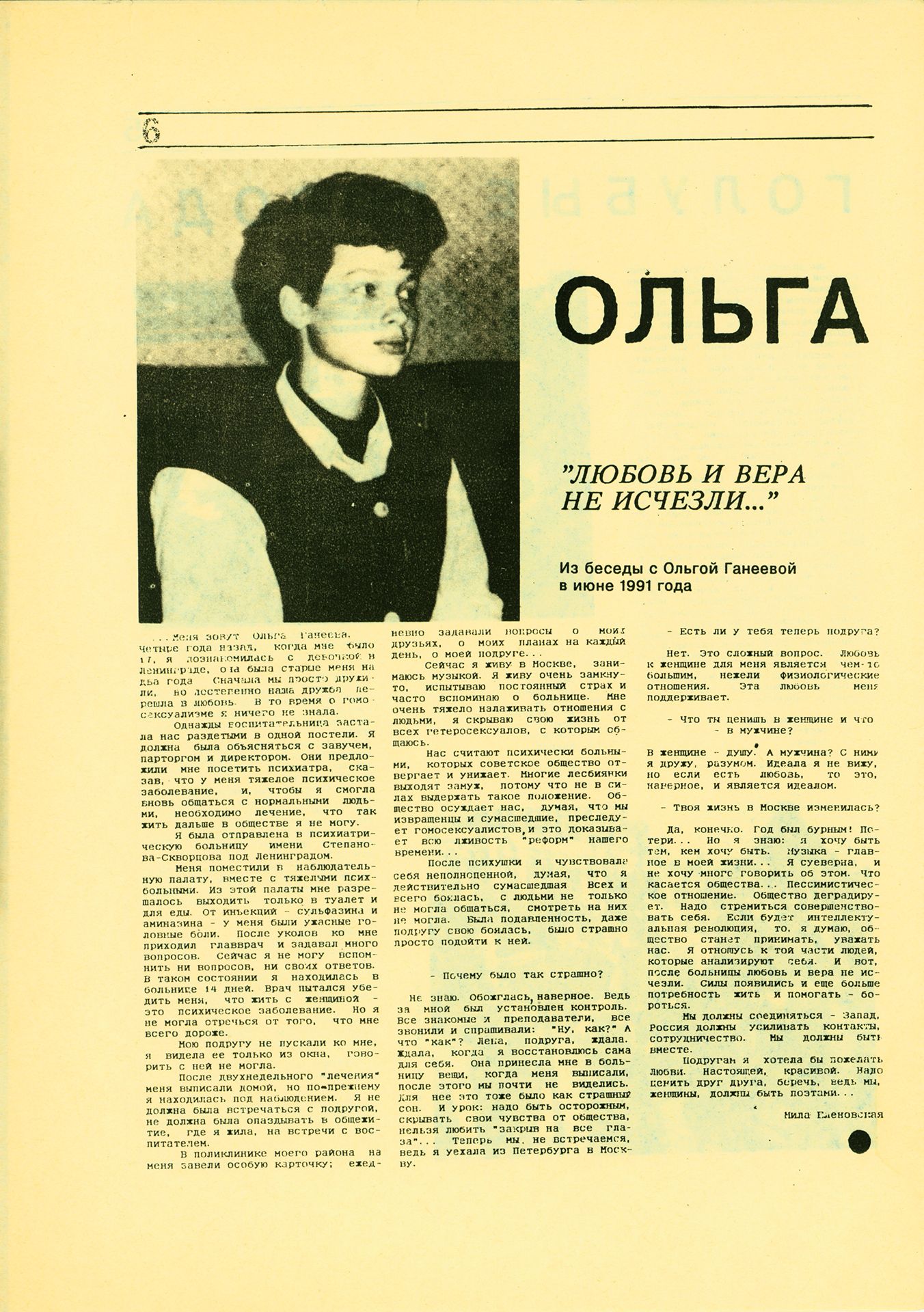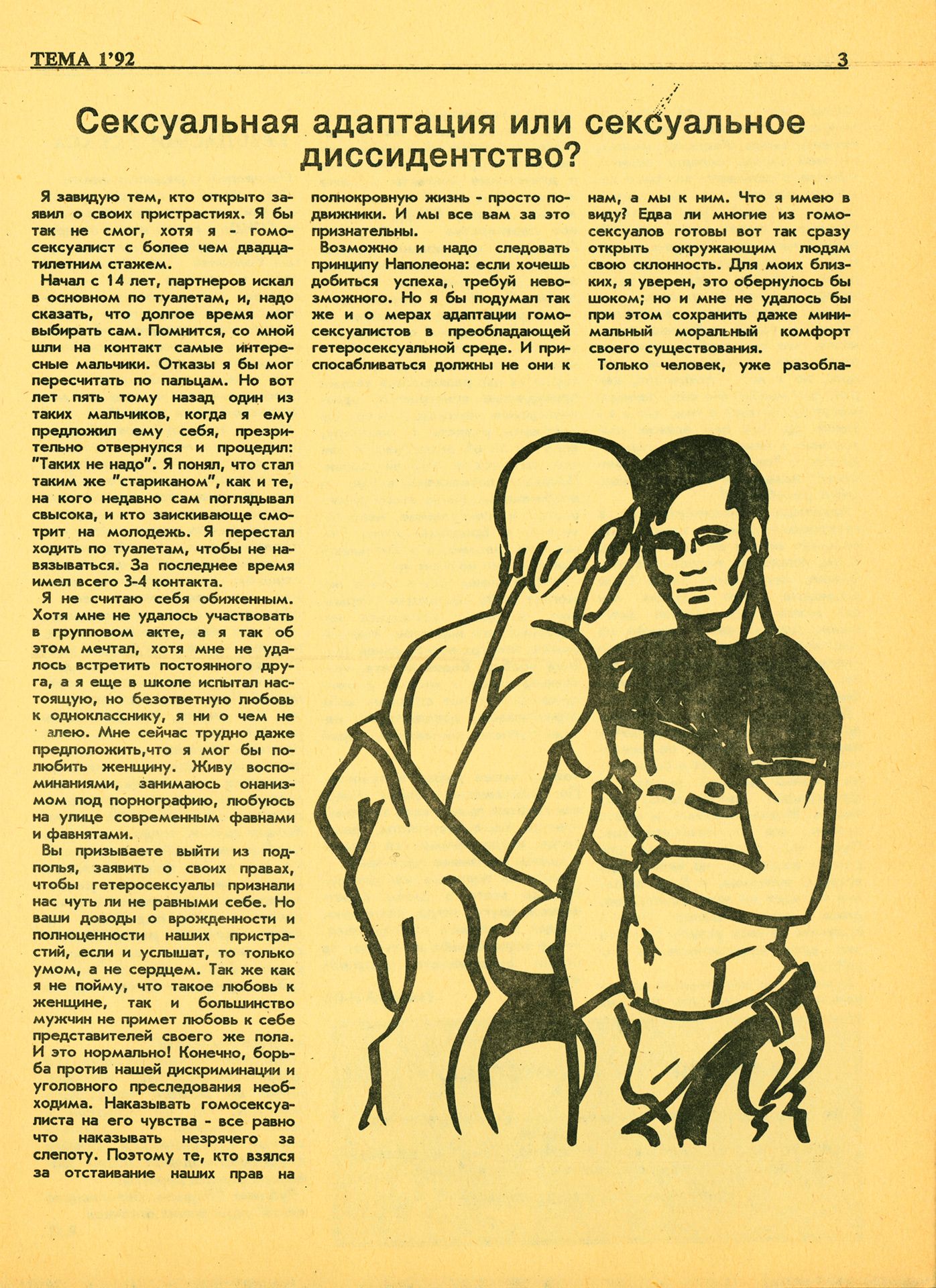Our Press, Our Images, Our Identities
The emergence of the HIV pandemic in Central and Southeastern Europe broke the silence about homosexuality in the public sphere. However, the discourse that was launched was predominantly infused with negative representations of homosexuals, clichéd depictions, portrayals of homosexuals as threats to society or as individuals whose sexual desires and character traits were seen as proper subjects for mirth. One way in which gay and lesbian movements countered this tendency was by disseminating self-representative accounts through self-created and controlled media, in the first instance, through gay and lesbian periodicals.
The gay and lesbian zines, bulletins and magazines, that appeared between the 1980s and 1999 in Central and Southeastern Europe, had a three-fold function. Aside from being self-representational devices, they played a crucial role in the processes of self-education of the emerging gay and lesbian communities as well as in the process of their discursive self-identification. These three functions of LGBT+ magazines, as means of self-representation, self-education and self-identification, had different degrees of prominence at different periods of the development of the gay and lesbian movements in each of the countries.
Some of the early zines that appeared during the 1980s, such as for instance “Gayzine” and “Lesbozine” in SFR Yugoslavia, “Biuletyn/Etap “and “Filo” in Poland, and to some extent “Lambda” in Czechoslovakia, were primarily a self-educational device within the gay, lesbian and alternative subcultural circles, to which they were mainly addressed. They can be understood as manifestations of a self-conscious endorsement of what the early activists and contributors understood to be a homosexual, gay or lesbian culture rather than a means for spreading a positive image of oneself in the general public. Some of the periodicals with a longer history had different priorities at different times of their publishing. The Hungarian “Mások” was launched in samizdat form to inform and strengthen the community. The magazine later put emphasis on talking to the majority of society too, including for instance articles about the political parties’ opinions on LGBT+-related issues before the elections. With the emergence of formally registered organizations at the end of the 1980s and early 1990s and their integrationist agendas, gay and lesbian magazines started to be seen also as platforms to be used for popularization and increased positive visibility of gay and lesbian ways of life among the general public. The “SOHO Revue”, published since 1991 in the Czech Republic, is probably the most paradigmatic representative of this tendency.
Aside from the periodicals, another important media used by gay and lesbian groups to disseminate information and raise their public profile, during the late 1980s and throughout the 1990s, was the radio. Although it represented far greater outreach than the periodicals, the radio also provided richer opportunities for homophobic attacks and negative comments by the general public. In some cases, the negative reactions of listeners were transformed into more elaborate public accusations of discussing “controversial” issues in the programs that offend public morality, due to which some of the shows were forced to cancel their transmissions after only a few editions.
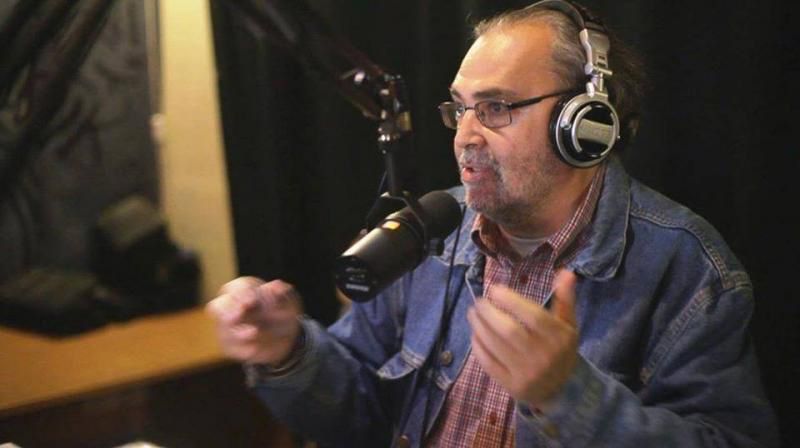
Balázs Pálfi, presenter-editor of “Self-identical” (Önazonos) and “In Lieu of a Soap Opera” (Szappanopera helyett), 2010s
photograph, exhibition print
Háttér Archive and Library
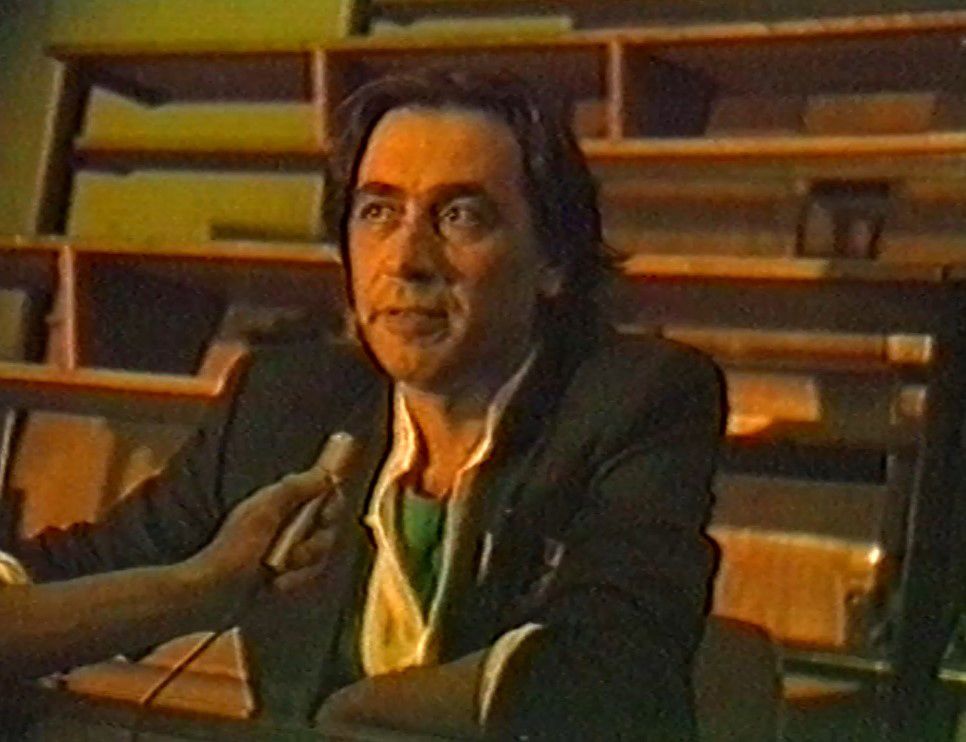
Toni Marošević, host of “Frigid Socket” a radio show dealing with homosexual issues in SFR Yugoslavia, 1984
still image, exhibition print
Blinken OSA

